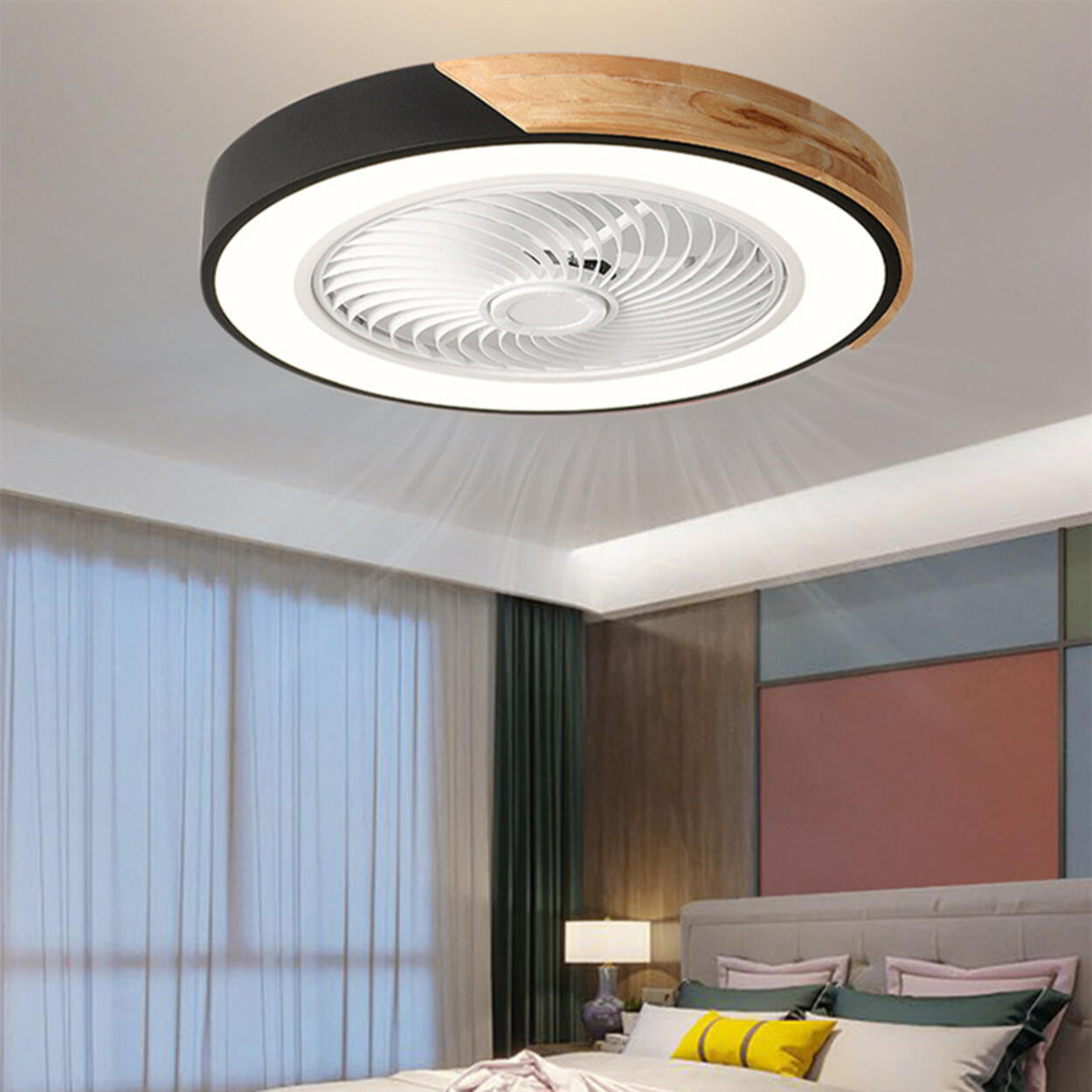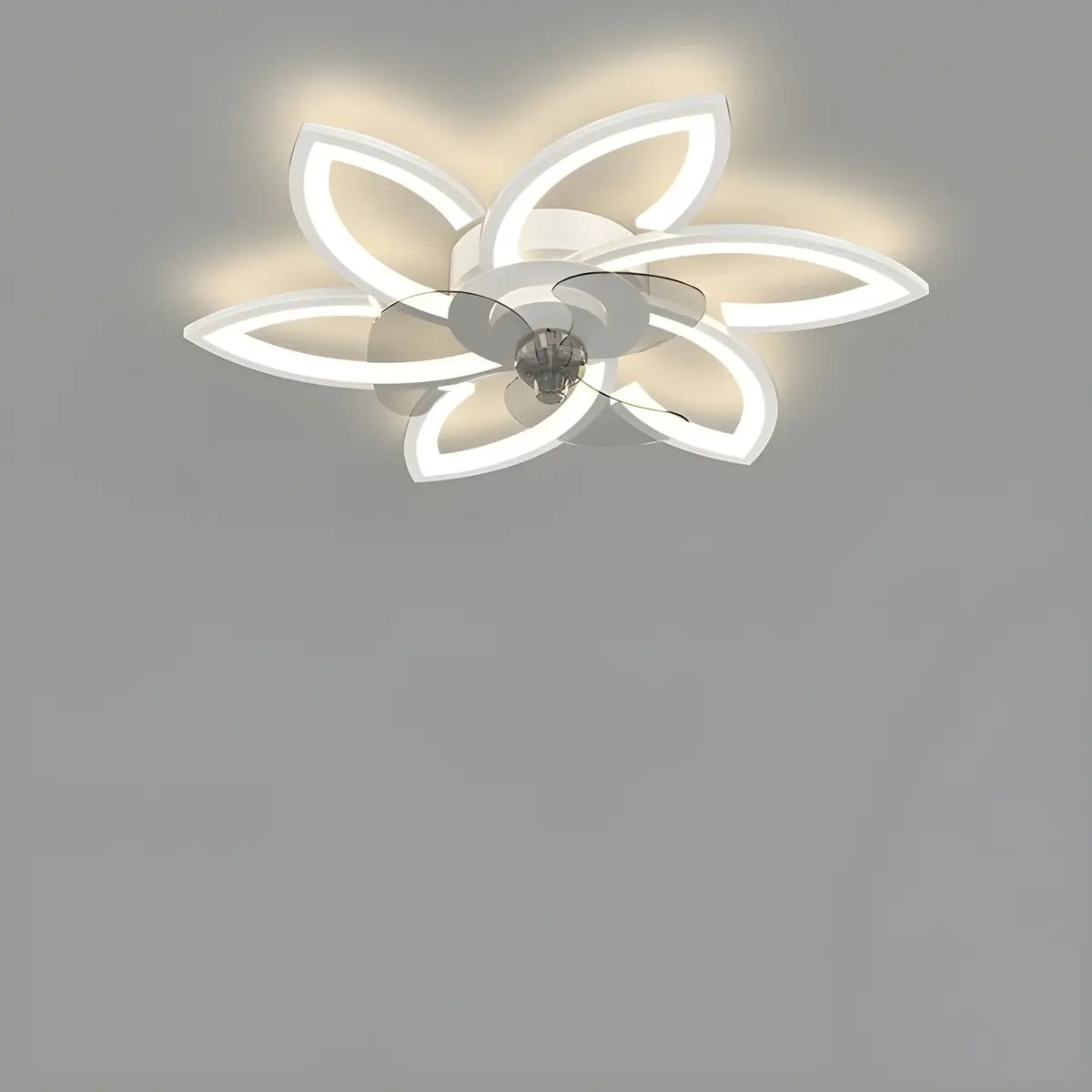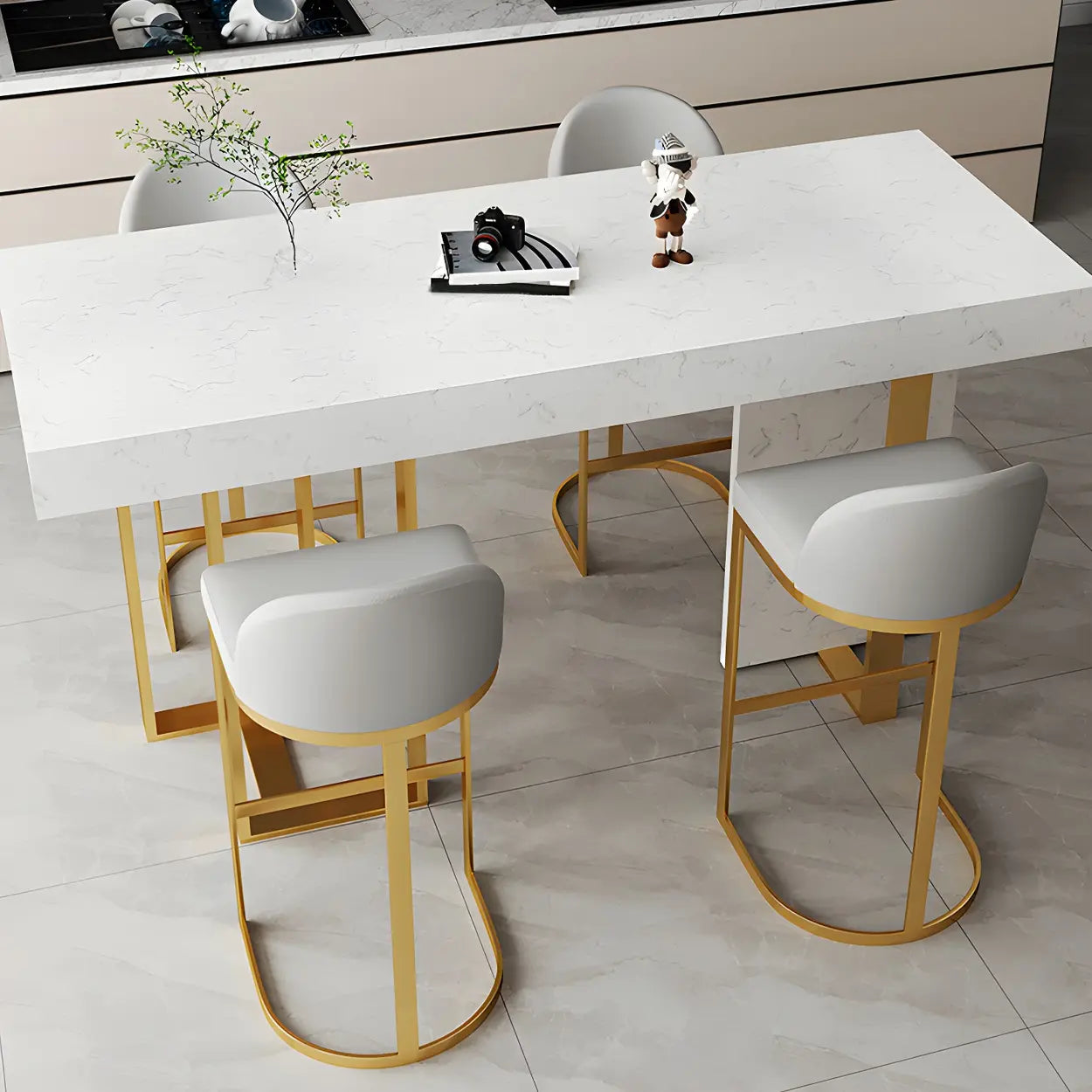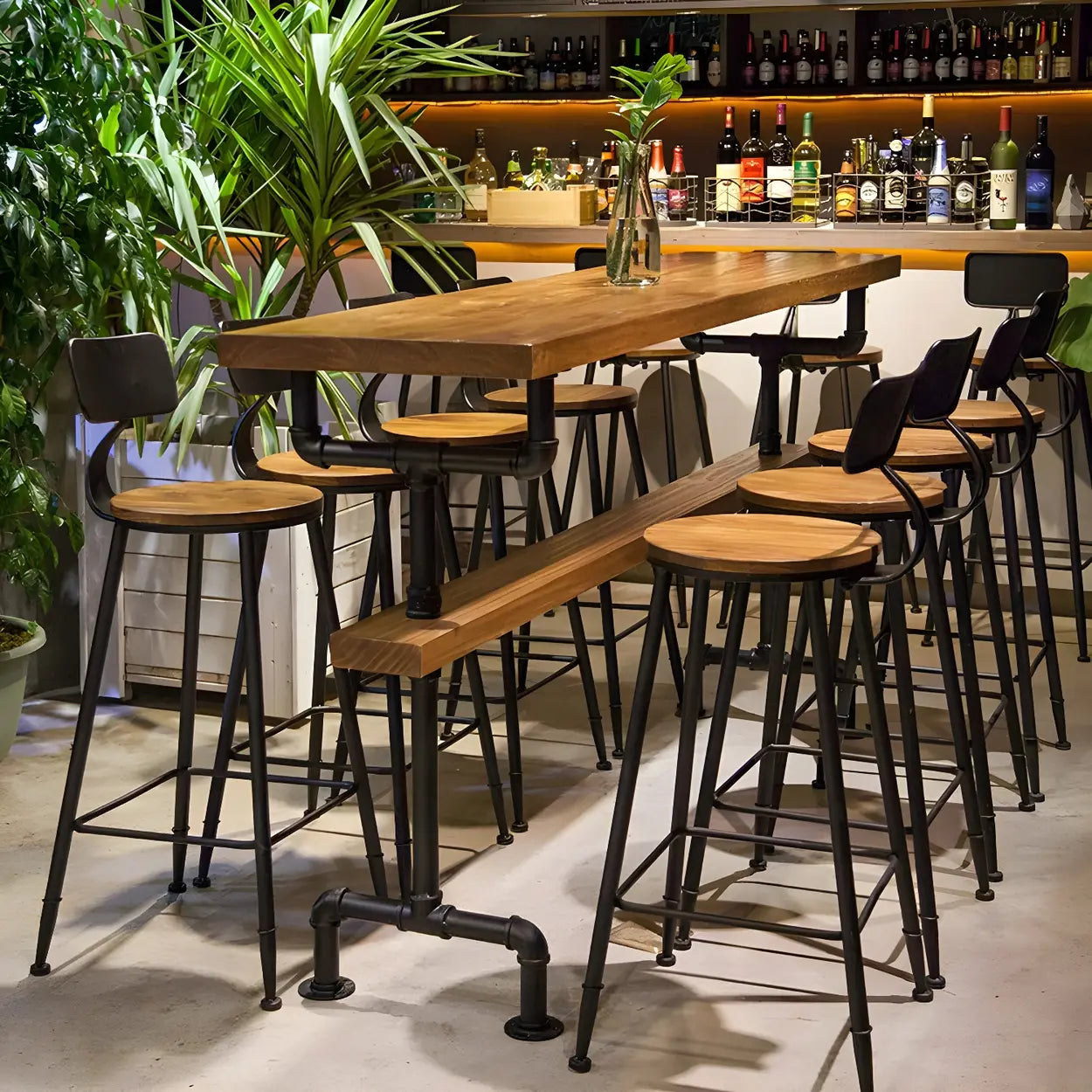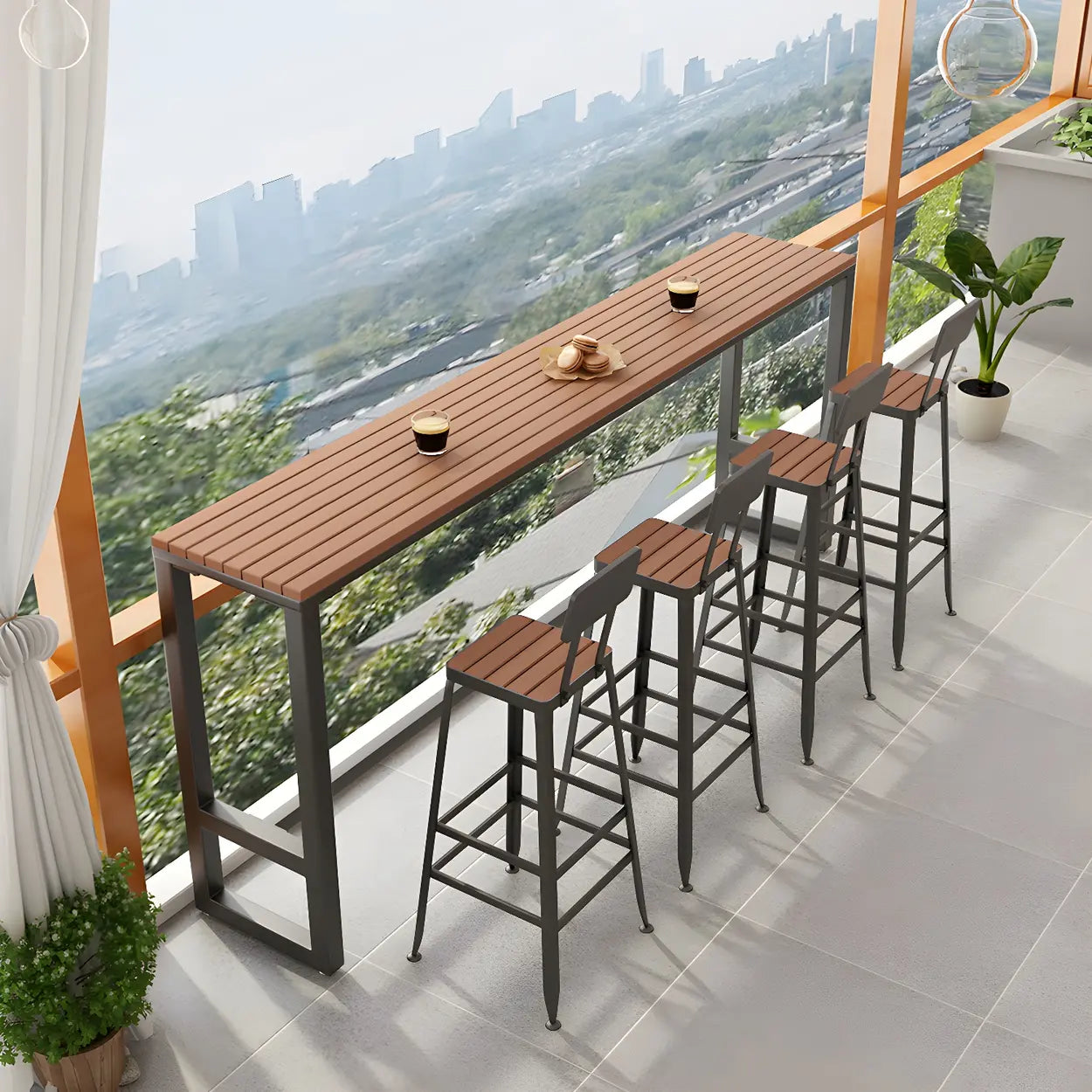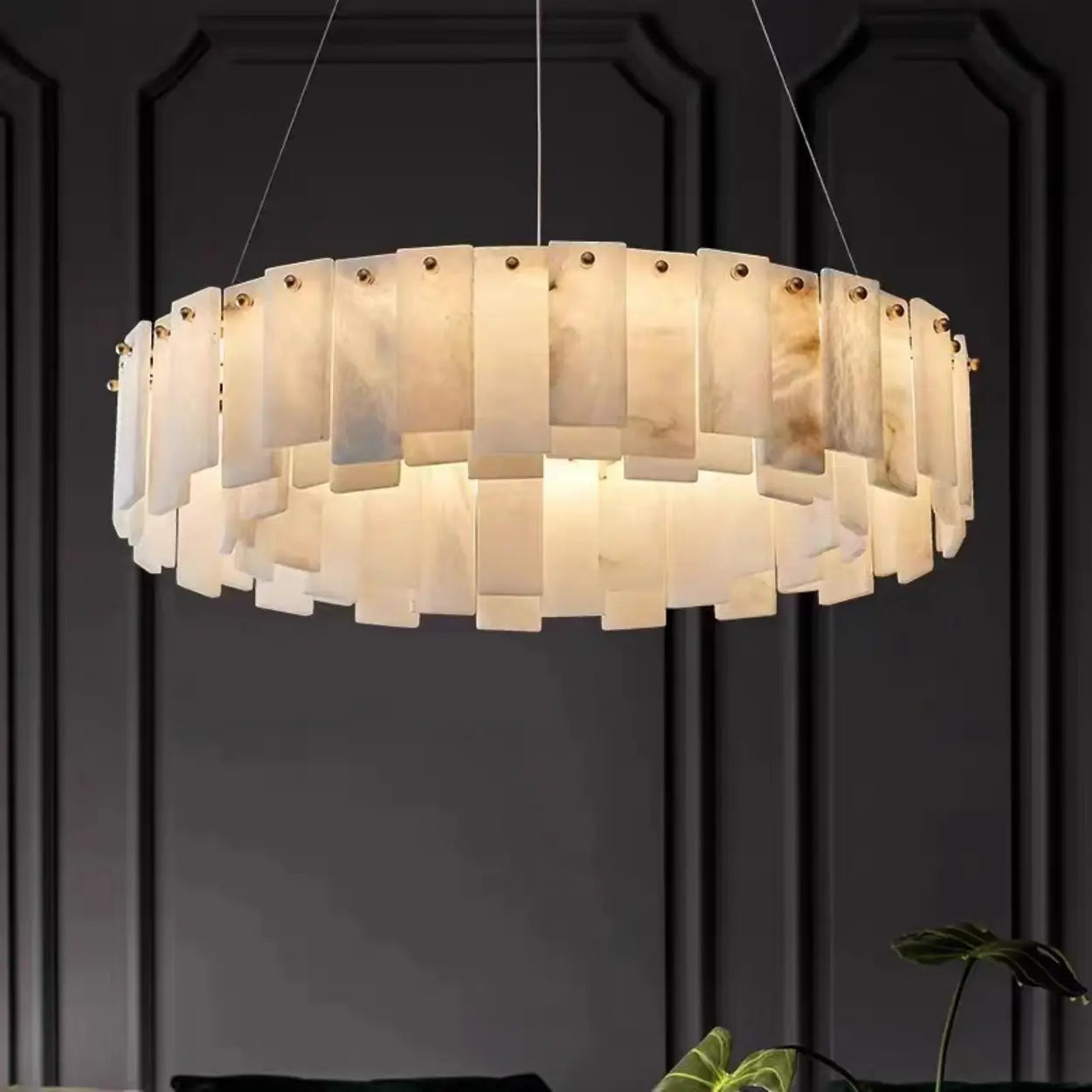Moving furniture is rarely fun. Trying to squeeze a large, rigid couch through a narrow doorway or up a staircase is a common headache for homeowners.
This logistical challenge drove the popularity of the compressed sofa, widely known as a "sofa-in-a-box."
These modern pieces are designed for real living spaces and easy shipping. But is a vacuum-sealed couch the right choice for your home? Here is an objective compression sofa review.
Table of Contents
What Is a Compressed Sofa?
A compressed sofa is a full-size couch that is disassembled, vacuum-sealed, and packed into manageable shipping boxes.
Manufacturers use industrial machinery to remove air from the foam cushions. This significantly reduces the shipping volume, allowing a boxed sofa to fit into elevators or compact cars.
Once you open the packaging, the foam typically needs 24 to 72 hours to regain its full shape and density.

Compressed vs. Traditional Sofas
The main differences lie in delivery logistics, assembly, and construction.
| Feature | Compressed Sofa (Sofa-in-a-Box) | Traditional Sofa |
| Logistics | Delivered via standard carriers (UPS/FedEx). Boxes fit in tight hallways. | Often requires freight shipping and scheduled delivery windows. |
| Assembly | DIY setup. Usually tool-free or includes simple tools. | Arrives fully assembled or requires professional setup. |
| Price | Generally lower. Reduced box size cuts shipping costs, lowering the final retail price. | Higher. Pricing covers bulk transport and "white glove" delivery. |
| Feel | Tends to be firmer due to high-density foam construction. | Can offer softer, deep-fill options like down feathers. |
When to Consider a Boxed Sofa
While traditional furniture has its merits, compressed furniture offers specific solutions for certain lifestyles:
- Tight Spaces: If you live in an apartment with narrow hallways or spiral staircases, a traditional couch might not physically fit. A modular sofa-in-a-box solves this access problem.
- Homes with Kids and Pets: Many compressed foam sofas lack hard wooden frames or sharp corners. This soft structure reduces the risk of bumps and injuries for active children or pets running around the living room.
- Budget Constraints: Since compressed couches occupy less space in delivery trucks, shipping is cheaper. Brands often pass these savings to the customer, making them a cost-effective option.
- Frequent Movers: The modular nature makes these pieces easier to disassemble and repack (into standard moving boxes) for your next home.

What to Look for When Buying
Since you usually cannot test a sofa-in-a-box in person, it helps to examine the specifications closely.
1. Frame and structure
Some models are 100% foam, while others use a frame. Look for kiln-dried hardwood or sturdy plywood. These materials tend to resist warping better than particle board.
2. Foam density
Comfort is subjective, but density indicates quality. High-density foam (1.8 lb or higher) generally holds its shape longer without sagging. For a softer feel, check for a memory foam top layer.
3. Washability (removable covers)
Accidents happen. Check if the sofa covers are removable. Many compressed sofas feature modular designs with zip-off covers that are machine washable. This is a huge advantage over traditional fixed upholstery, which often requires expensive professional cleaning.
4. Fabric durability
For households with pets, look for performance fabrics or tight weaves. These materials are harder for claws to snag and are usually easier to clean than loose linen weaves.
5. Trial periods
Buying online involves guesswork. Look for brands offering a trial period (e.g., 30 to 100 days). Read the policy details-some companies may ask you to donate the item rather than return it.
Final Thoughts
Compressed sofas offer a practical balance of cost and convenience. They effectively solve the problem of tight doorways and expensive shipping.
While they might not match the specific feel of a high-end traditional couch, they are a solid choice for renters, frequent movers, and active families. If you prioritize value and ease of setup, a box sofa is a smart option to consider.
FAQ
What is a sofa-in-a-box and does it have other names?
What is a sofa-in-a-box and does it have other names?
A sofa-in-a-box is simply the popular term for a compressed sofa that is vacuum-sealed for easy shipping. You will also see them listed as compressed couches, boxed furniture, or modular sofas. They all refer to the same type of furniture designed to fit through tight spaces.
How long does a compressed sofa take to fully expand?
How long does a compressed sofa take to fully expand?
While you can often sit on it immediately, it usually takes about 48 hours for the vacuum-sealed foam to fully expand and for fabric wrinkles to smooth out.
Are sofas-in-a-box actually comfortable for daily use?
Are sofas-in-a-box actually comfortable for daily use?
Yes, but they offer a specific type of comfort. Compressed foam sofas tend to be supportive and firm. If you prefer a sinking "cloud-like" feel, this style might feel too stiff for you.
Why are compressed couches generally cheaper than traditional ones?
Why are compressed couches generally cheaper than traditional ones?
The lower price is largely due to shipping efficiency. Because the sofa is compressed into smaller boxes, it costs significantly less to ship than a bulky traditional couch, keeping the retail price down.
Can I put a compressed sofa back in its original box?
Can I put a compressed sofa back in its original box?
It is very difficult. Once the memory foam expands, you cannot re-compress it without industrial equipment. If you need to return the sofa, you typically cannot use the original packaging.
Are frameless compressed sofas safe for children?
Are frameless compressed sofas safe for children?
Yes, they are often safer. Many all-foam compressed sofas have no hard wood or metal edges, making them a kid-friendly option that prevents injury from accidental collisions.

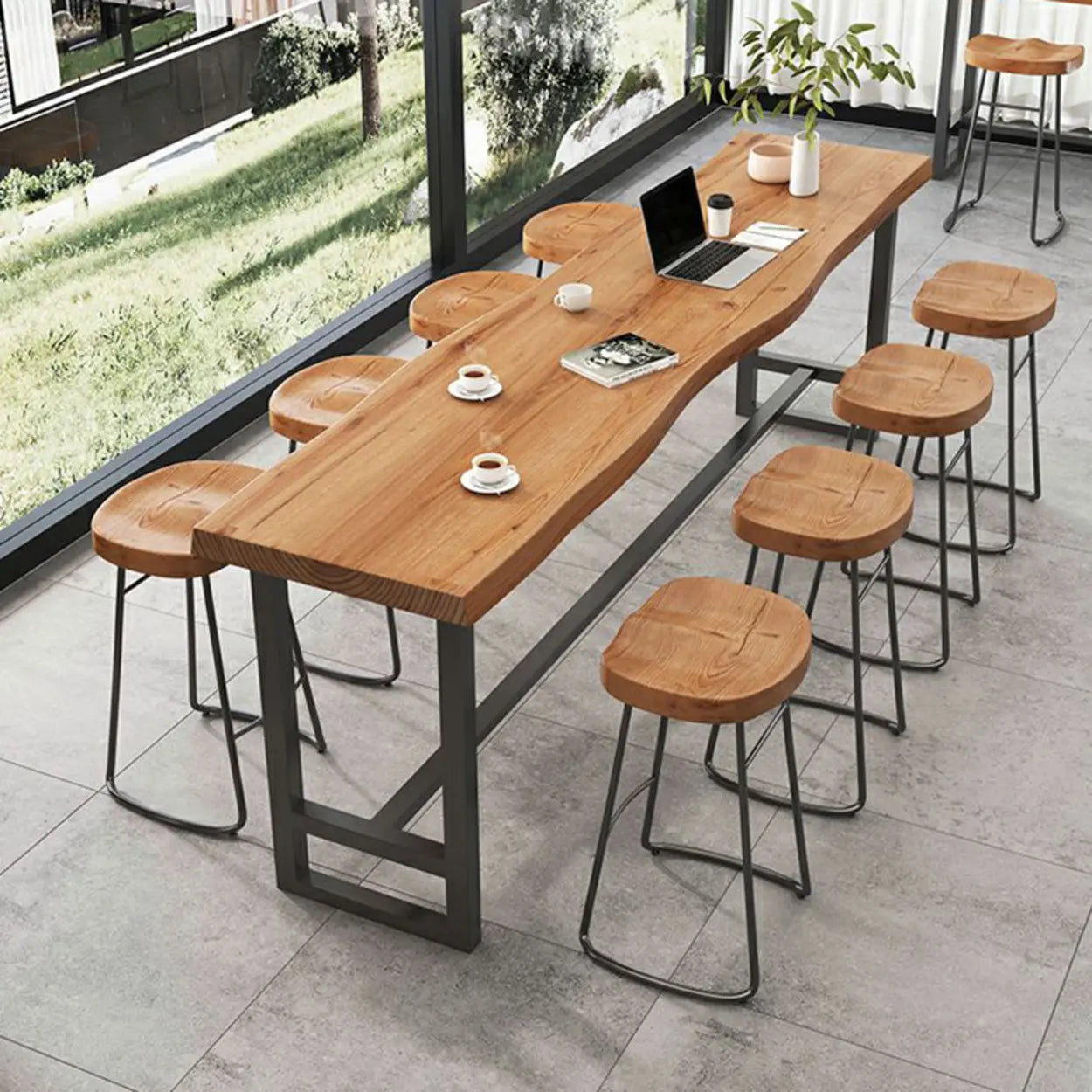
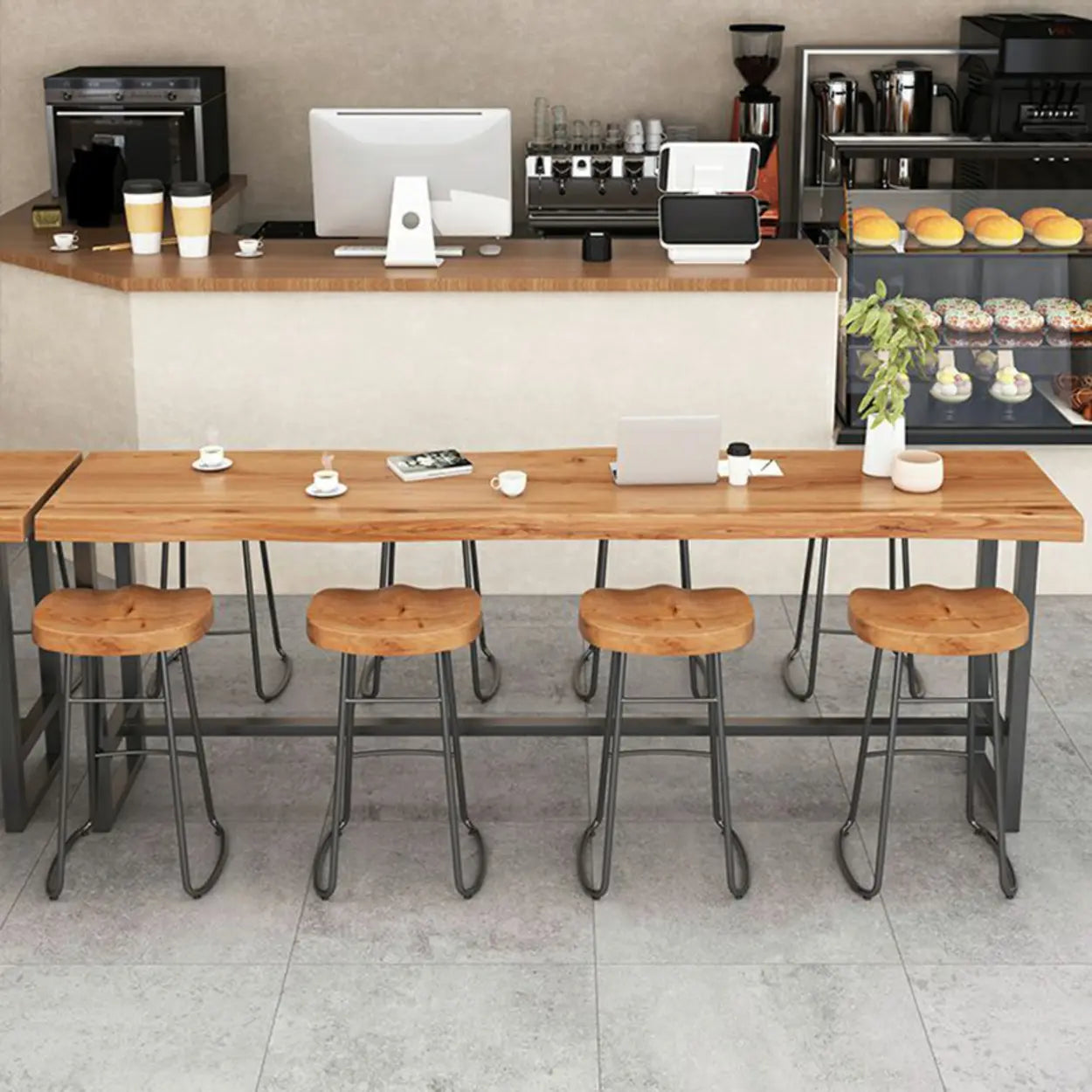
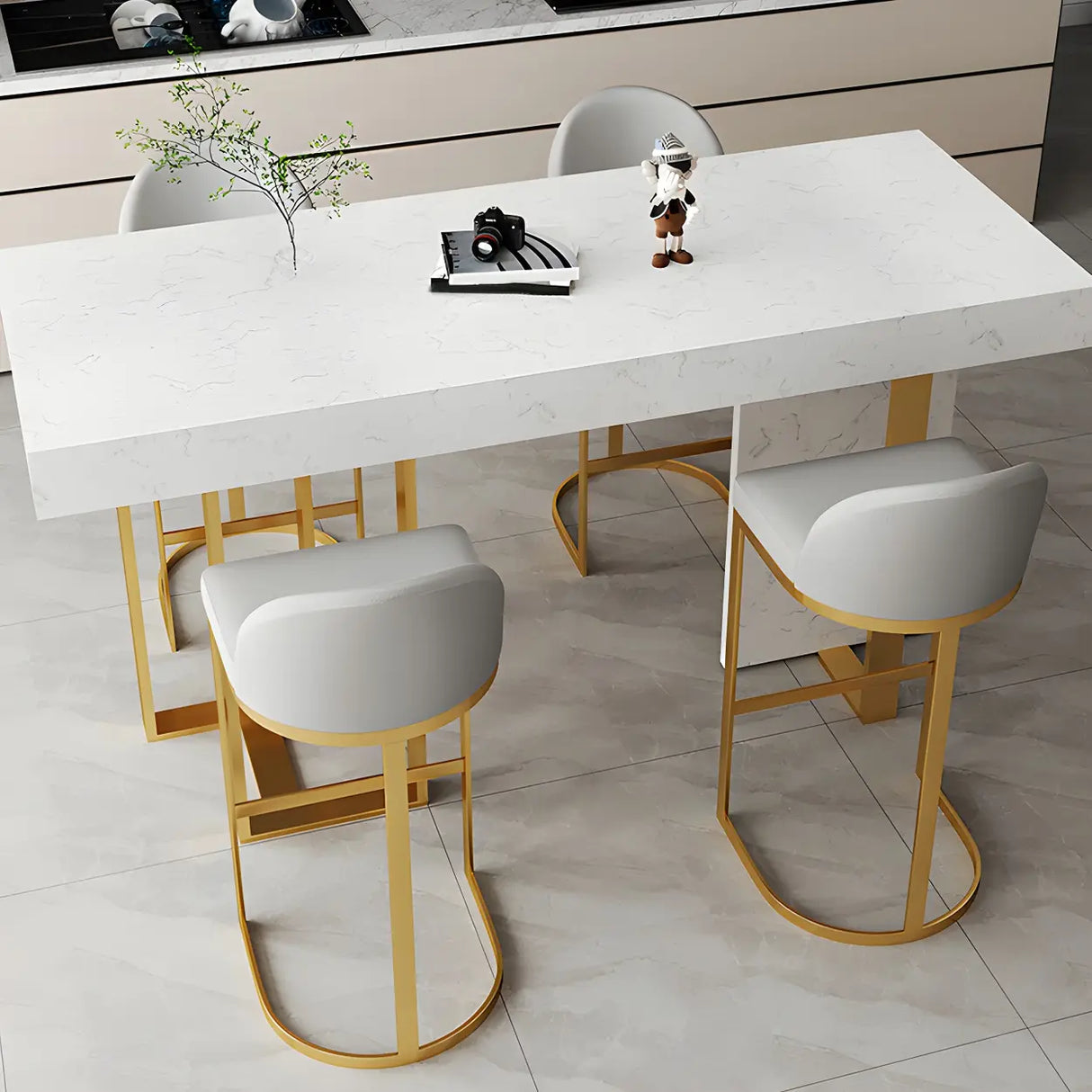
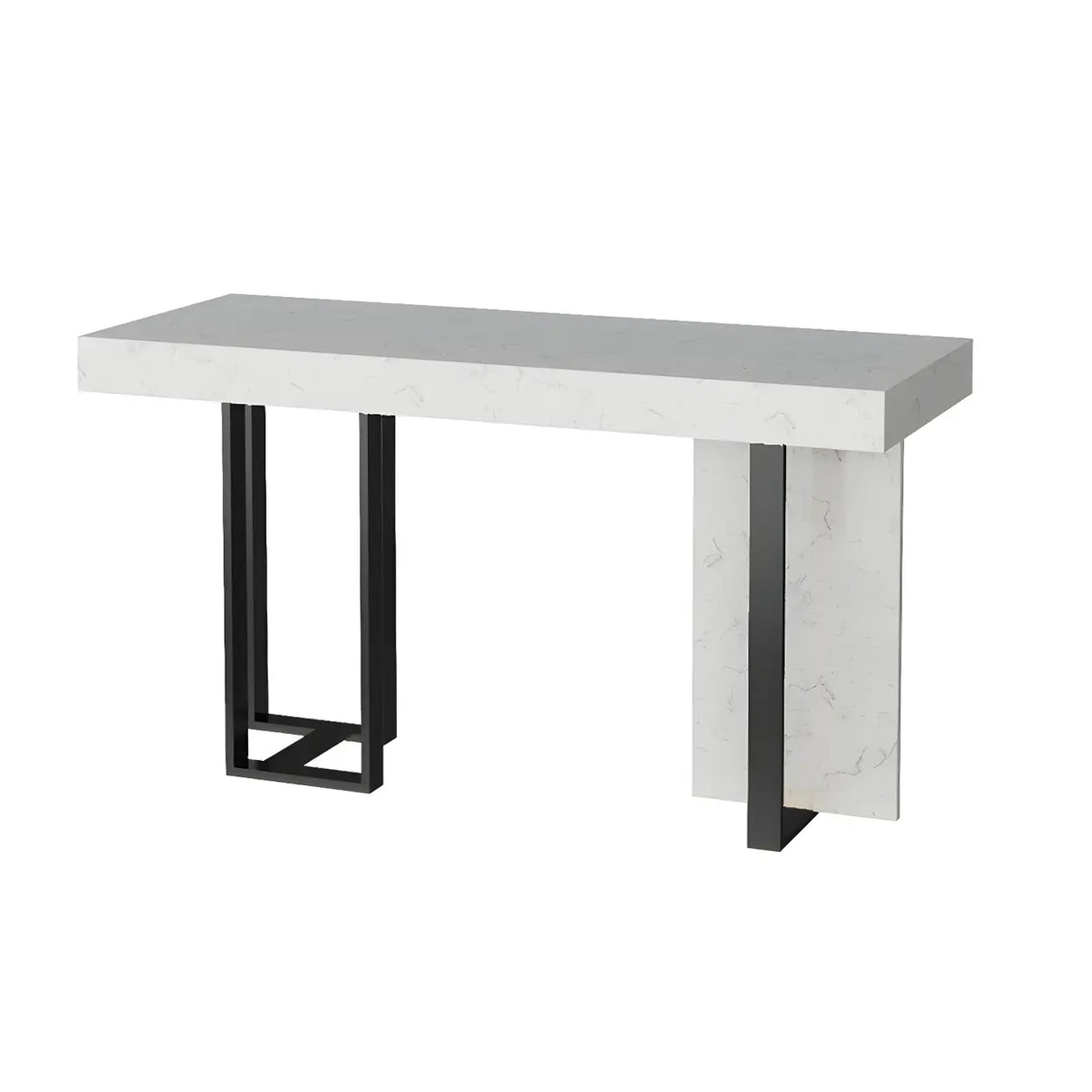
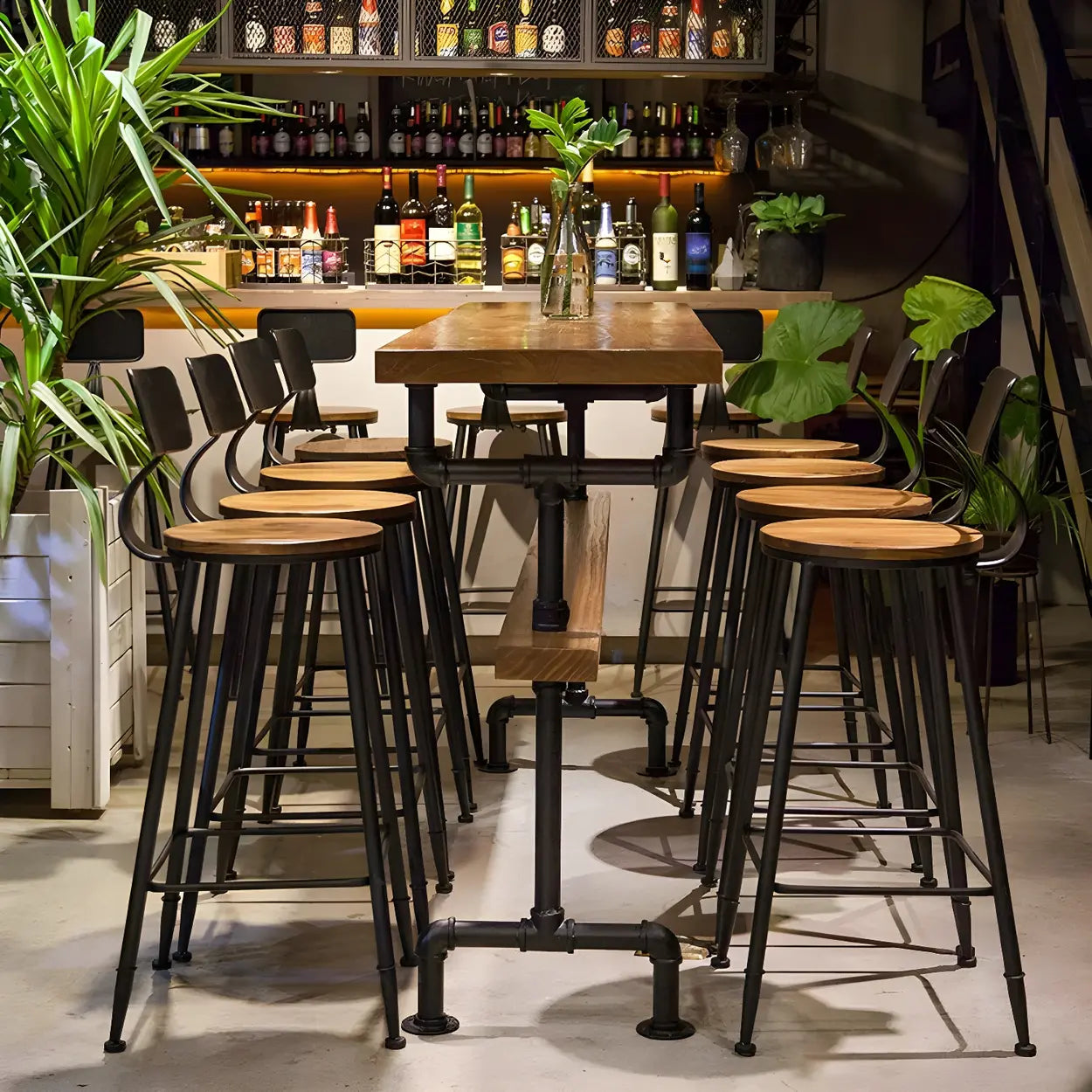

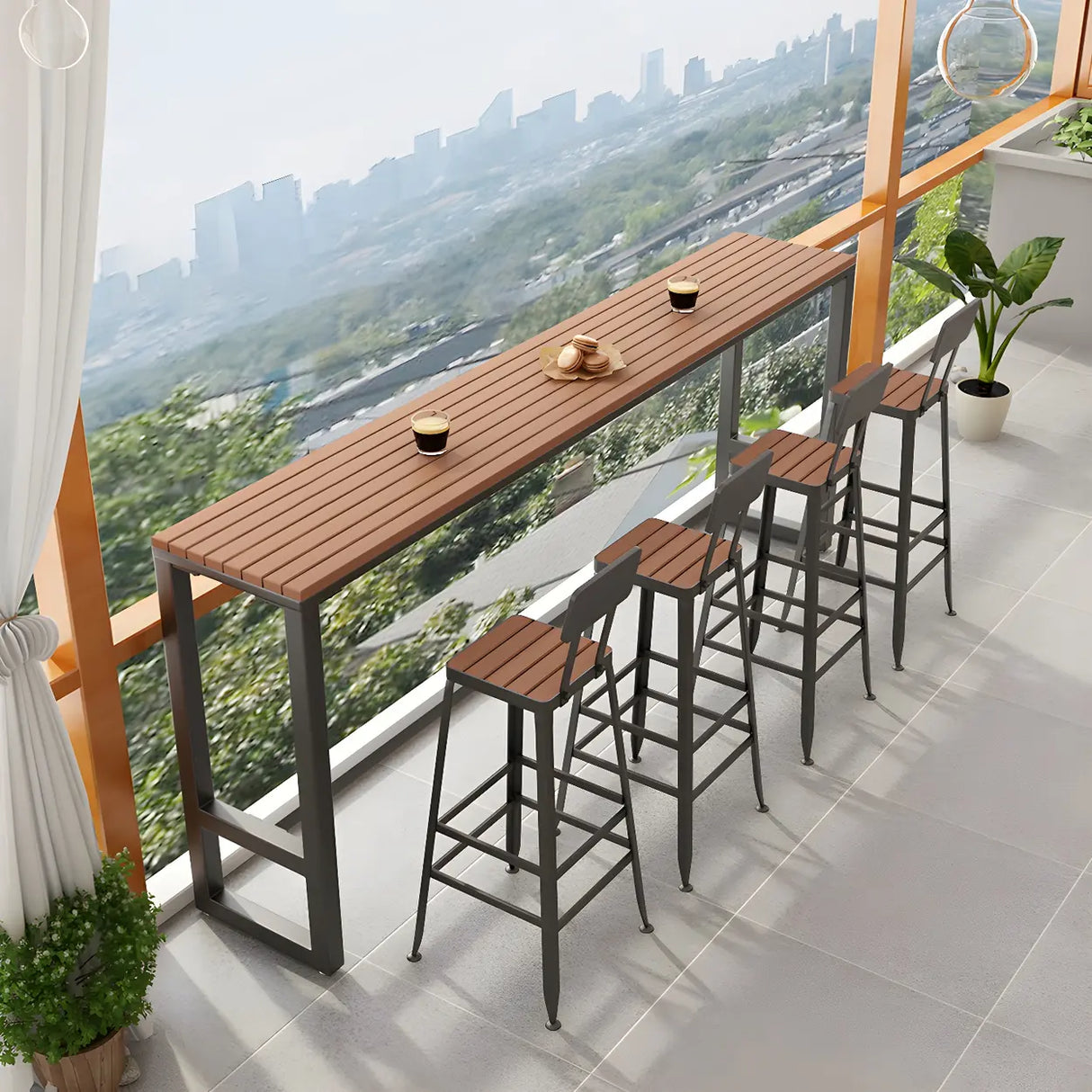
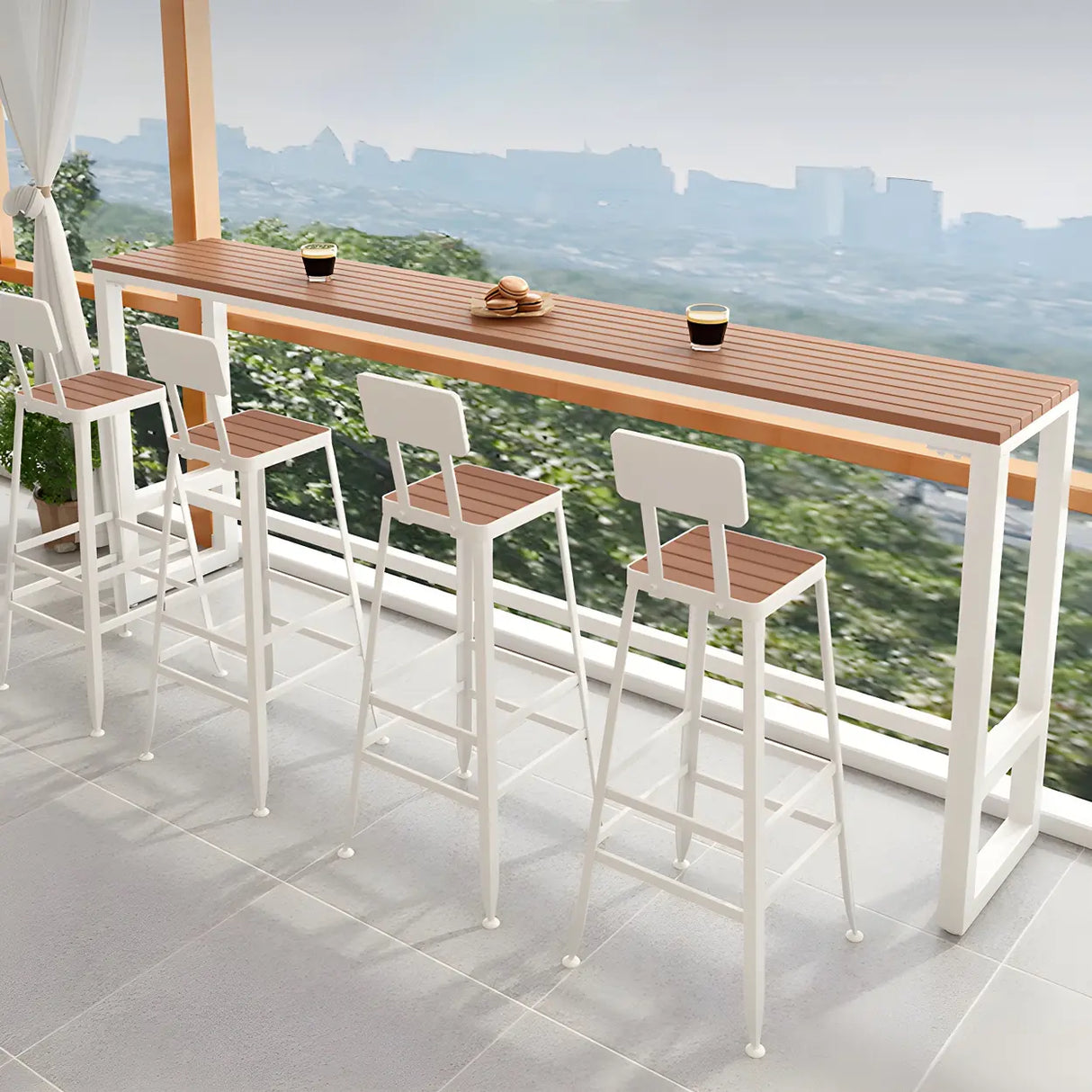


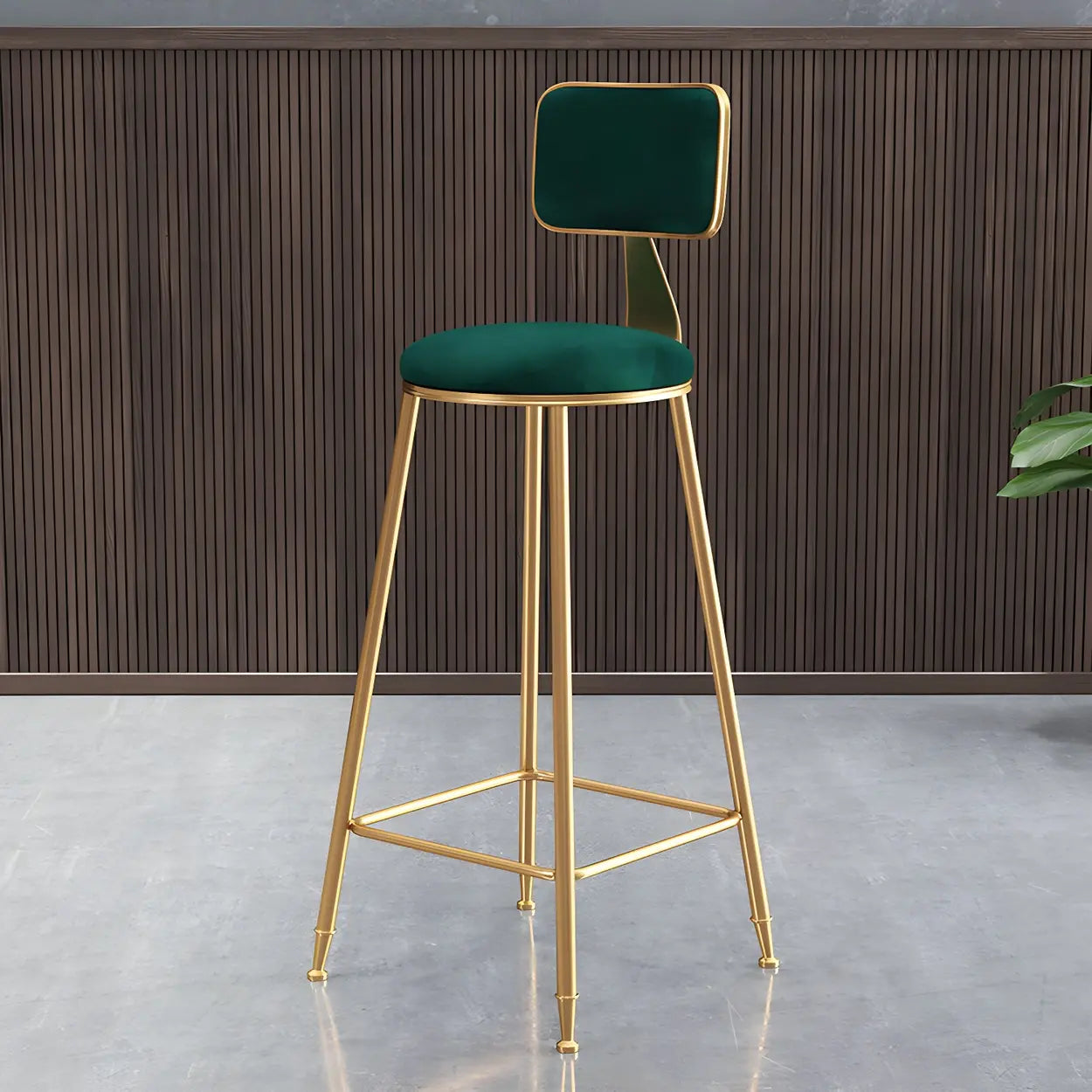
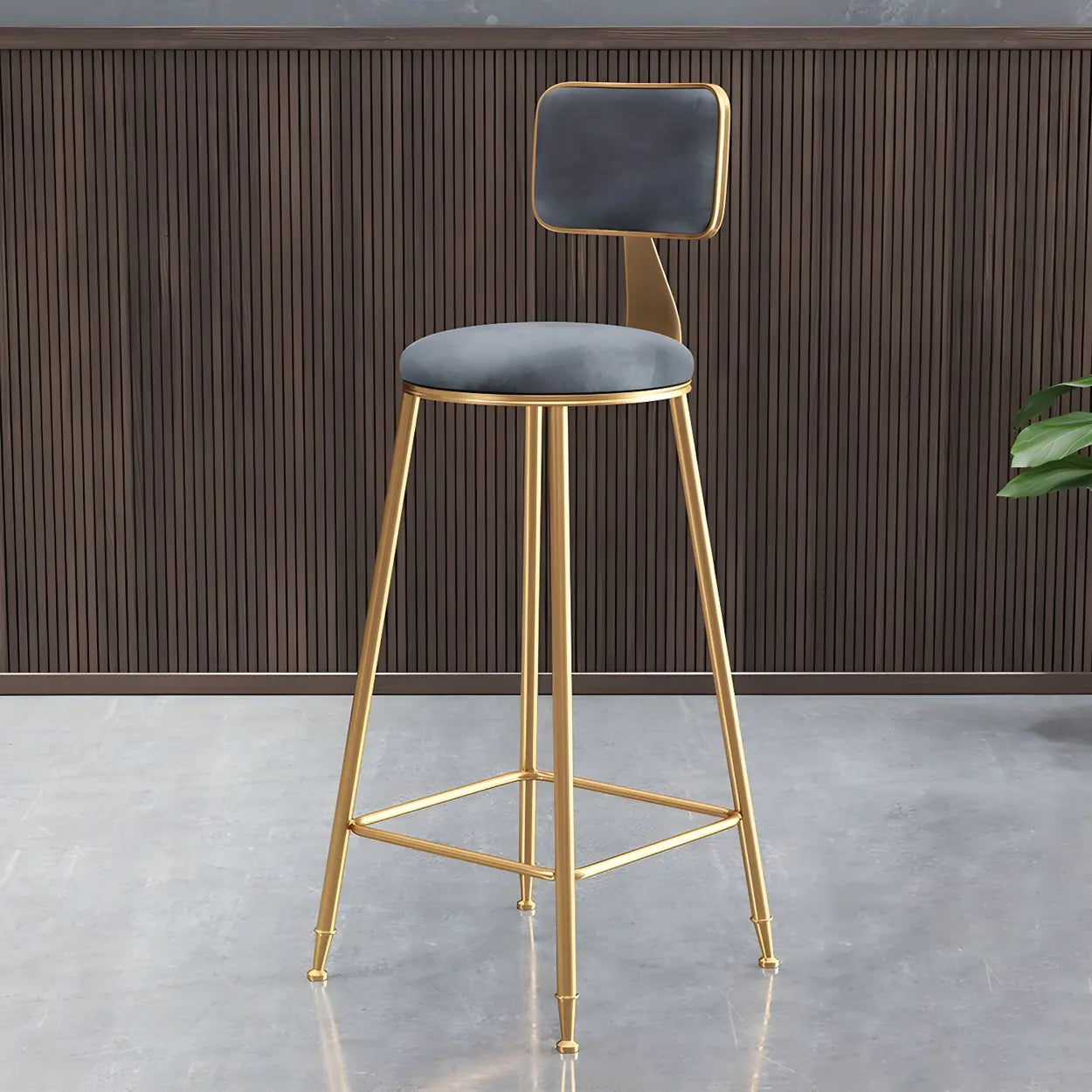
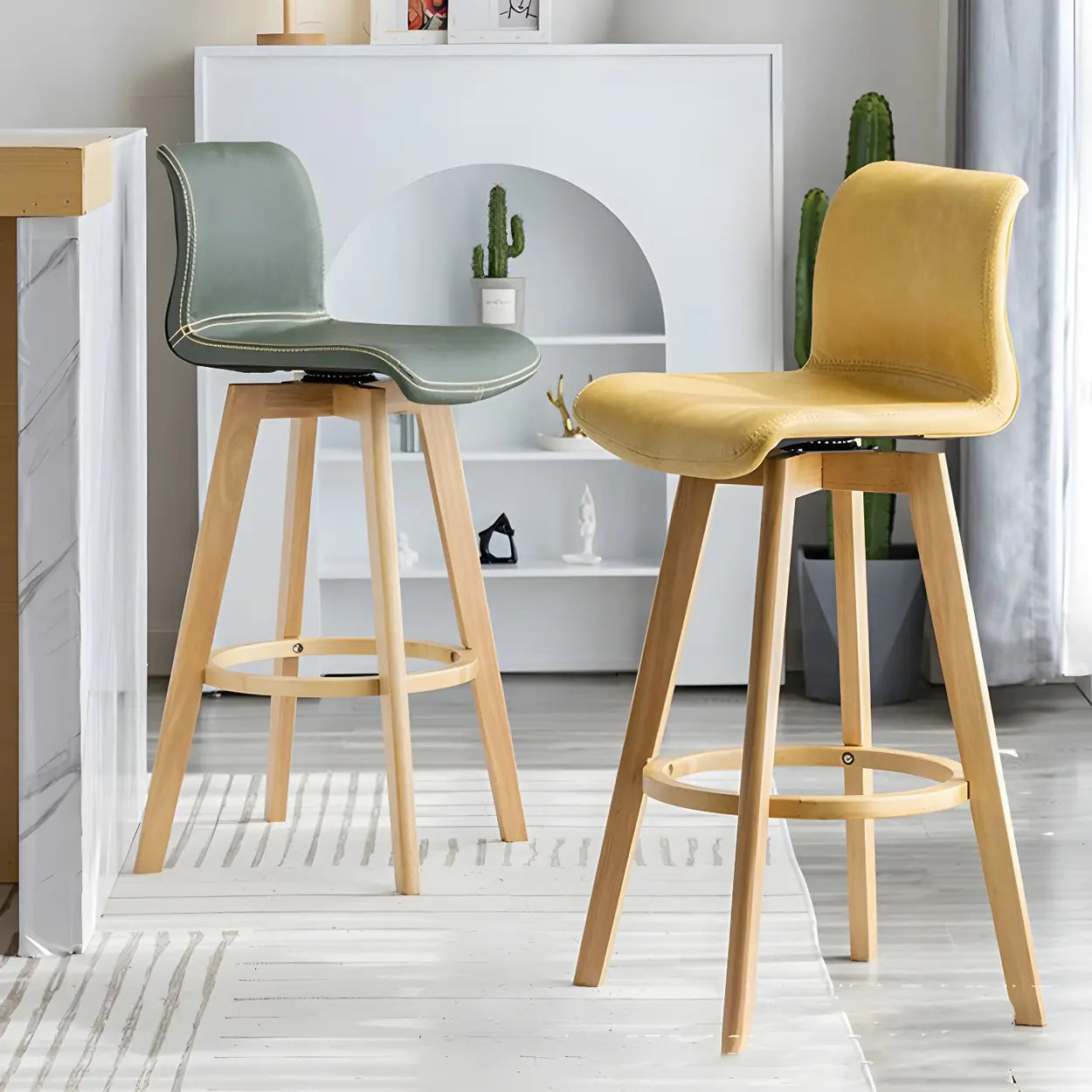
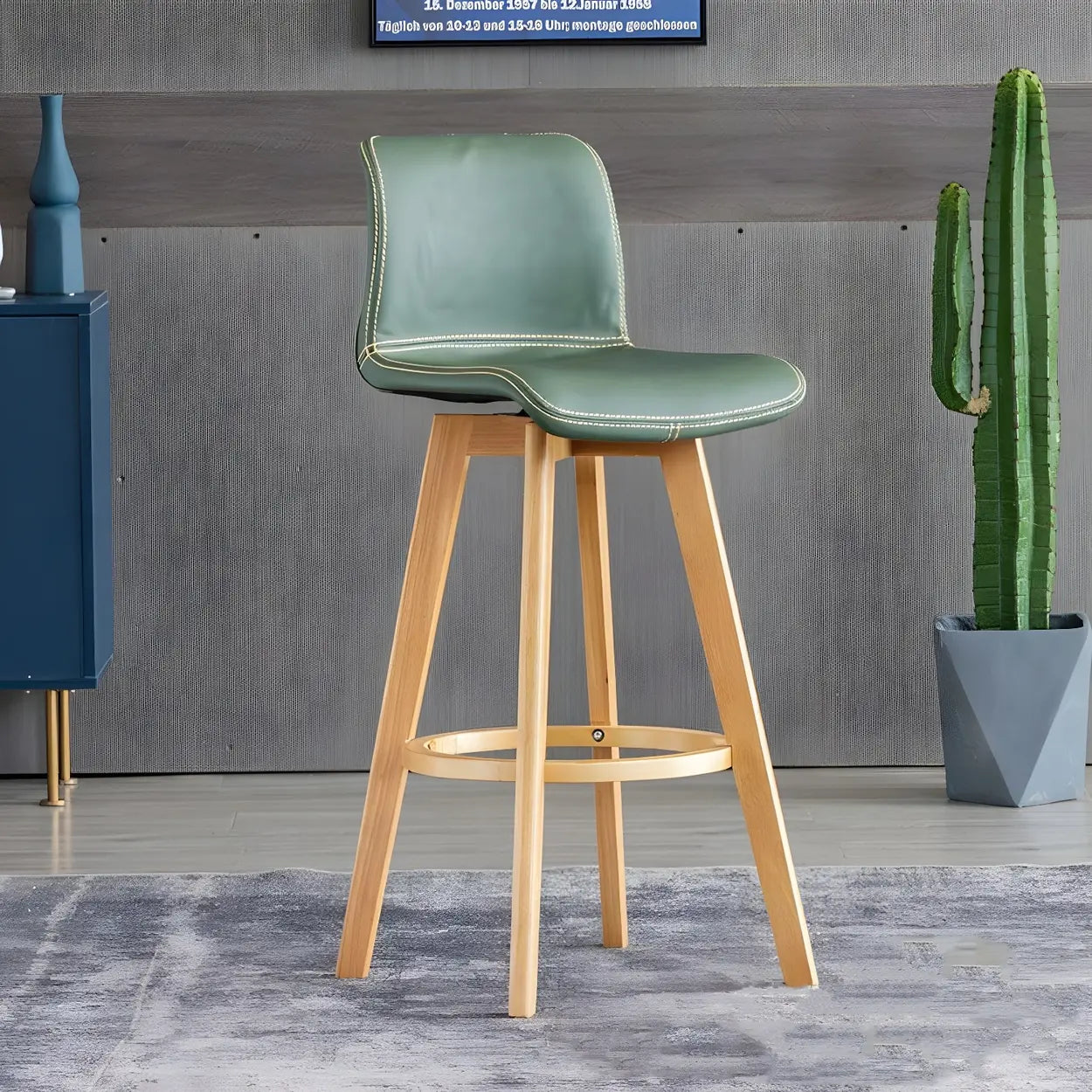



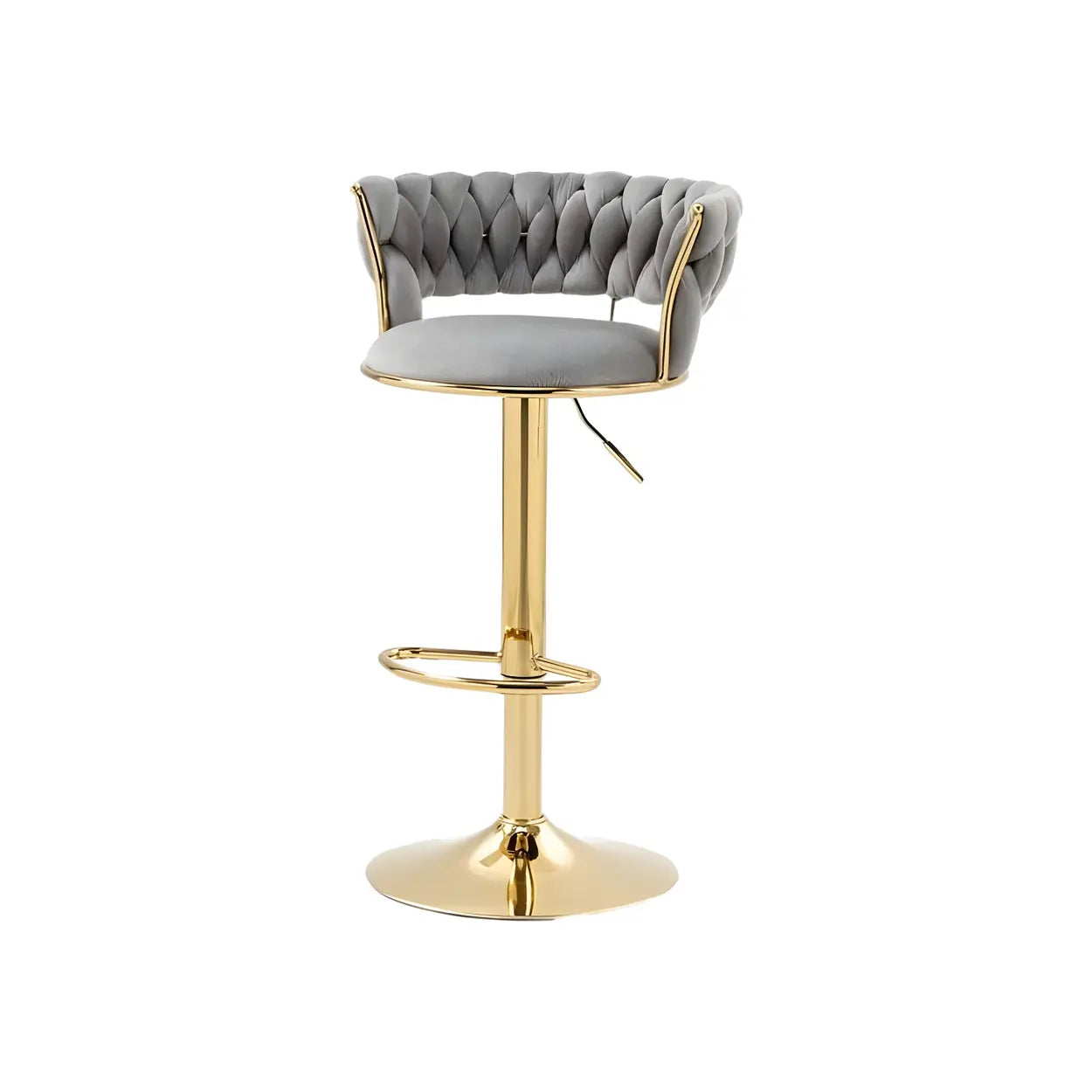

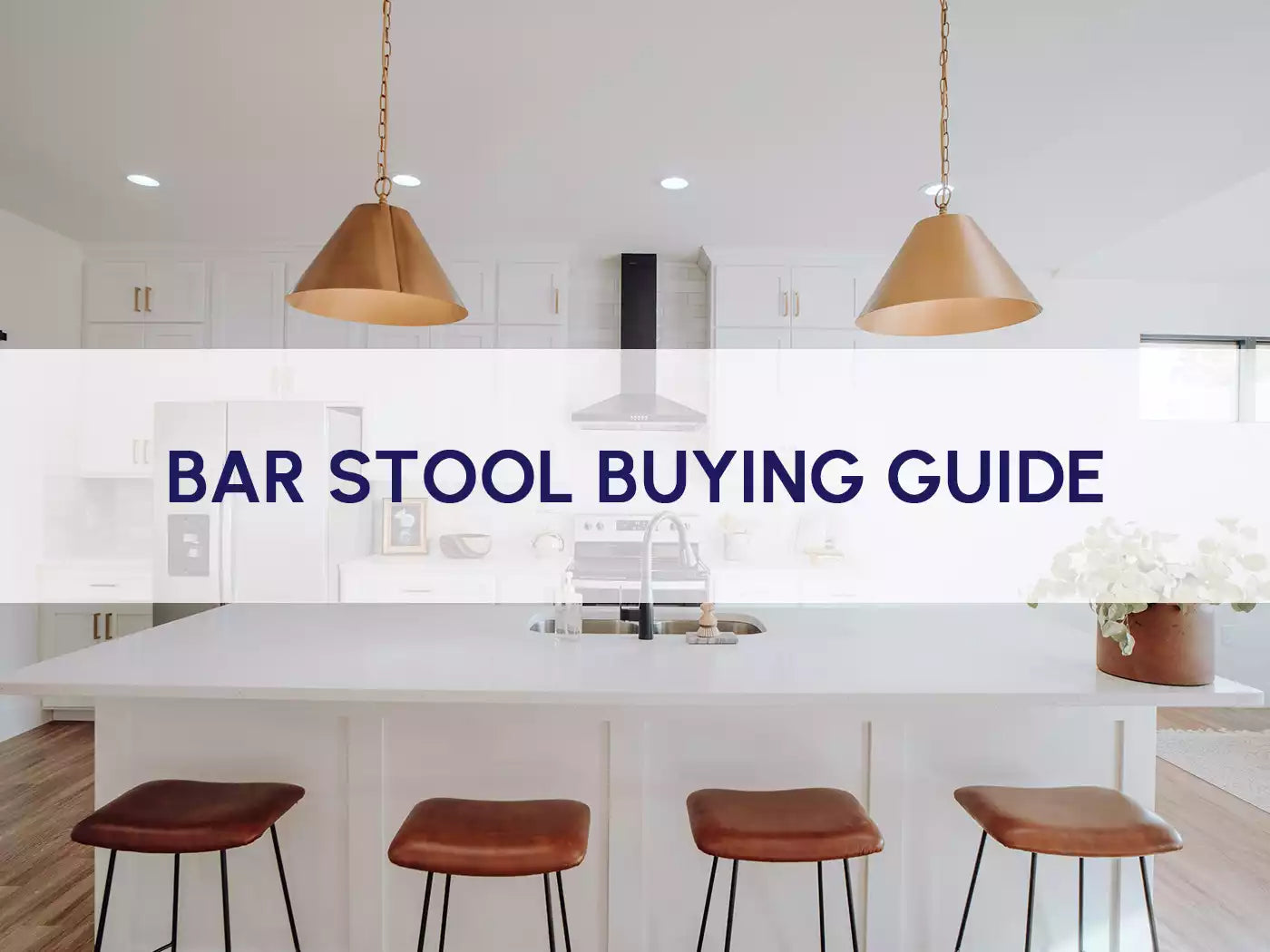


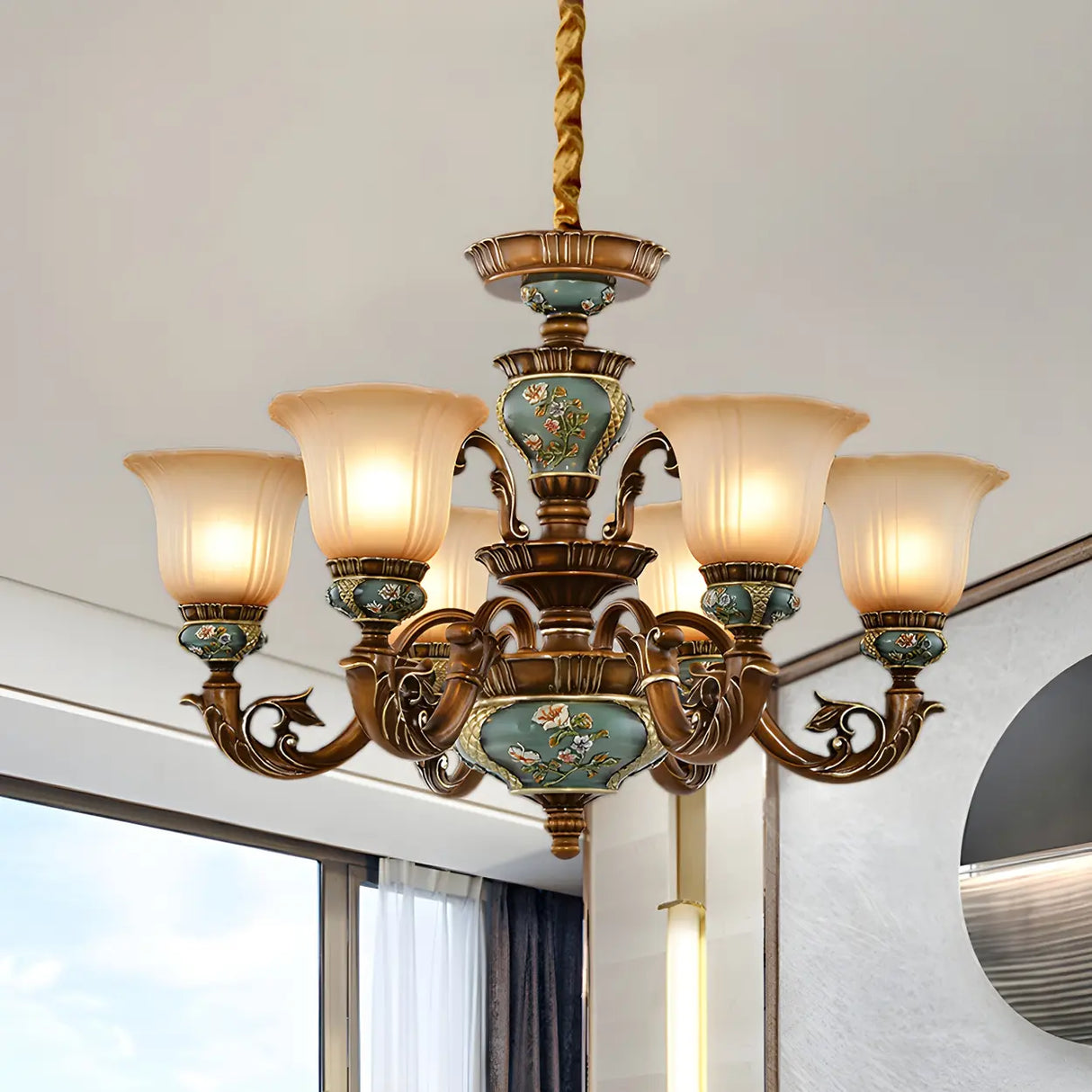
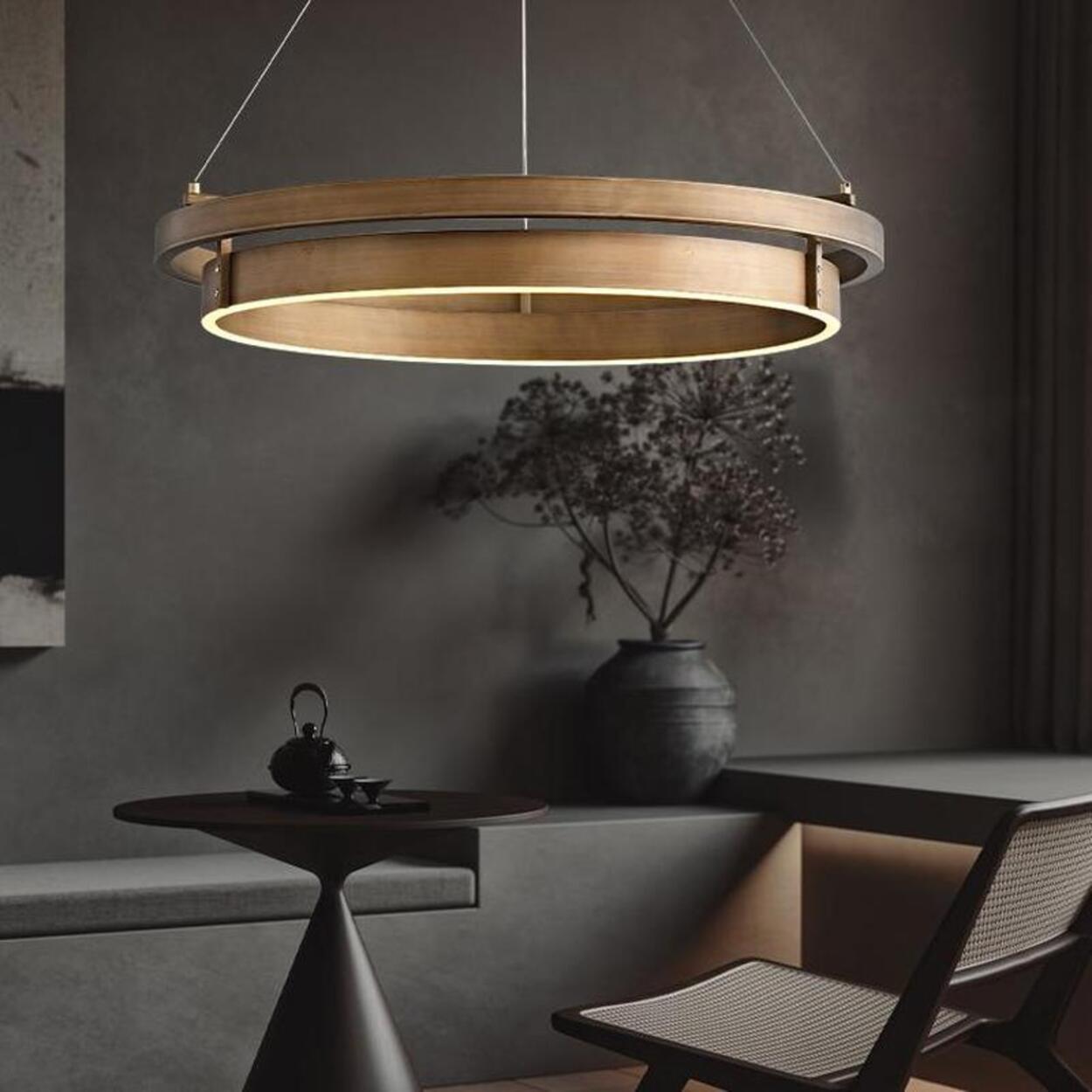
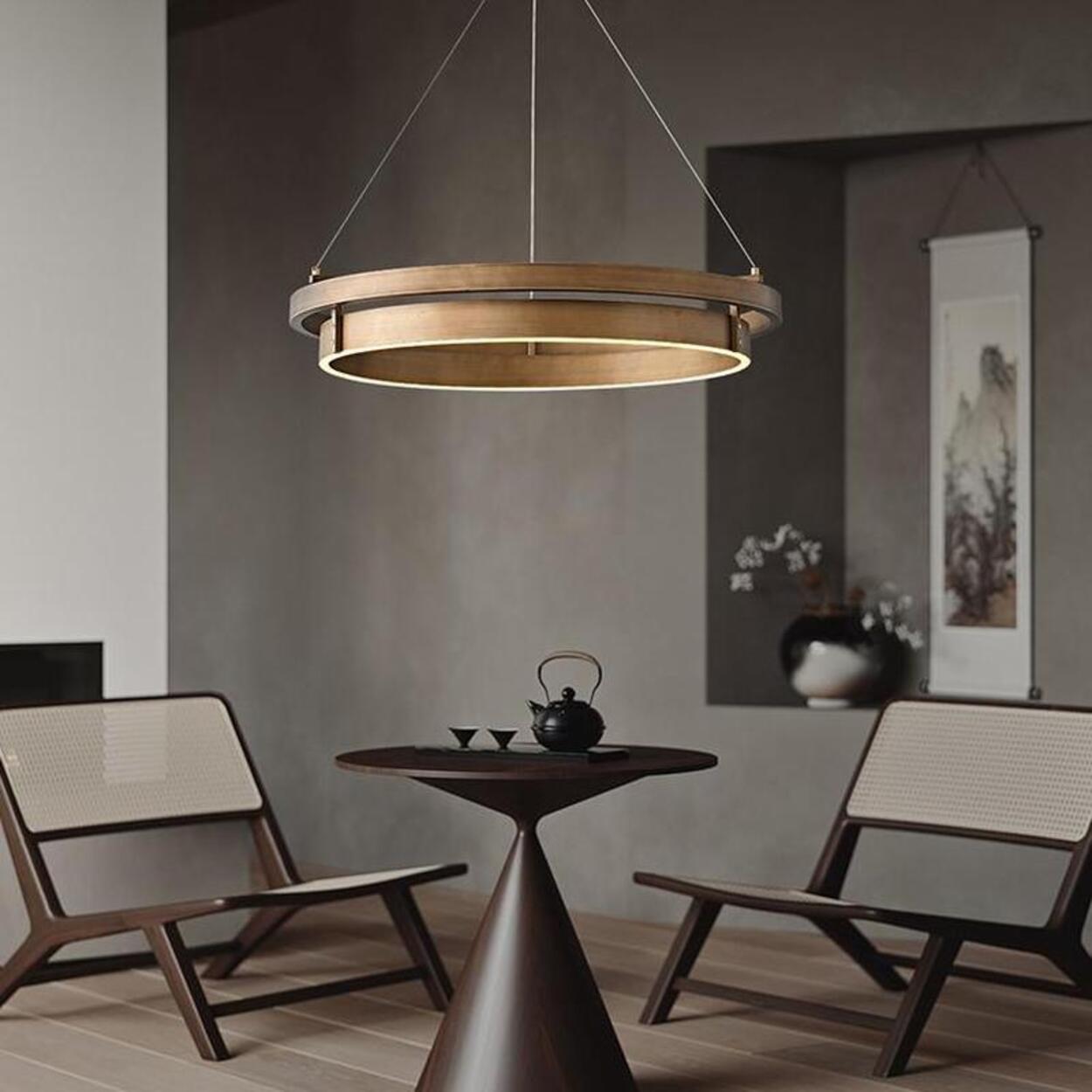
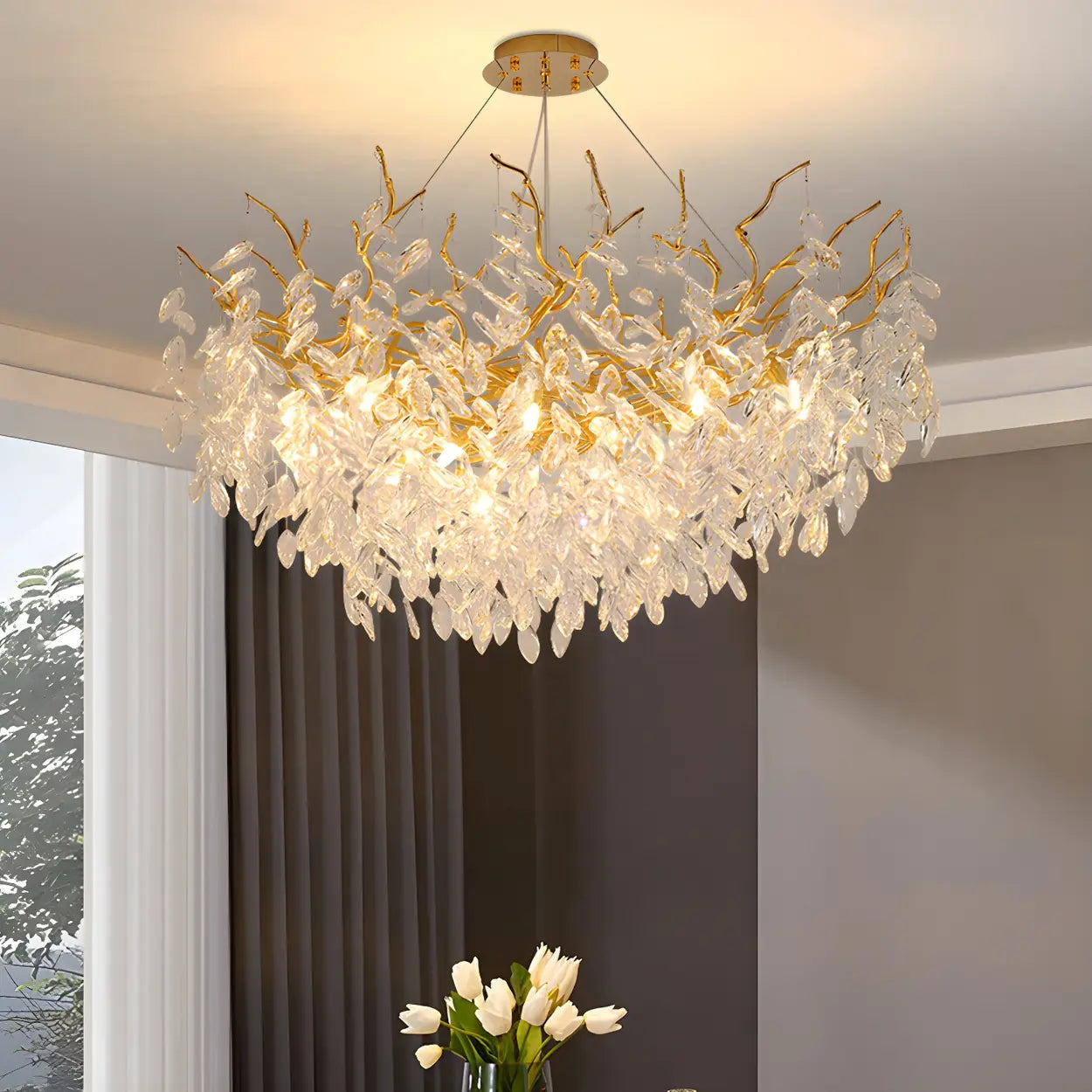

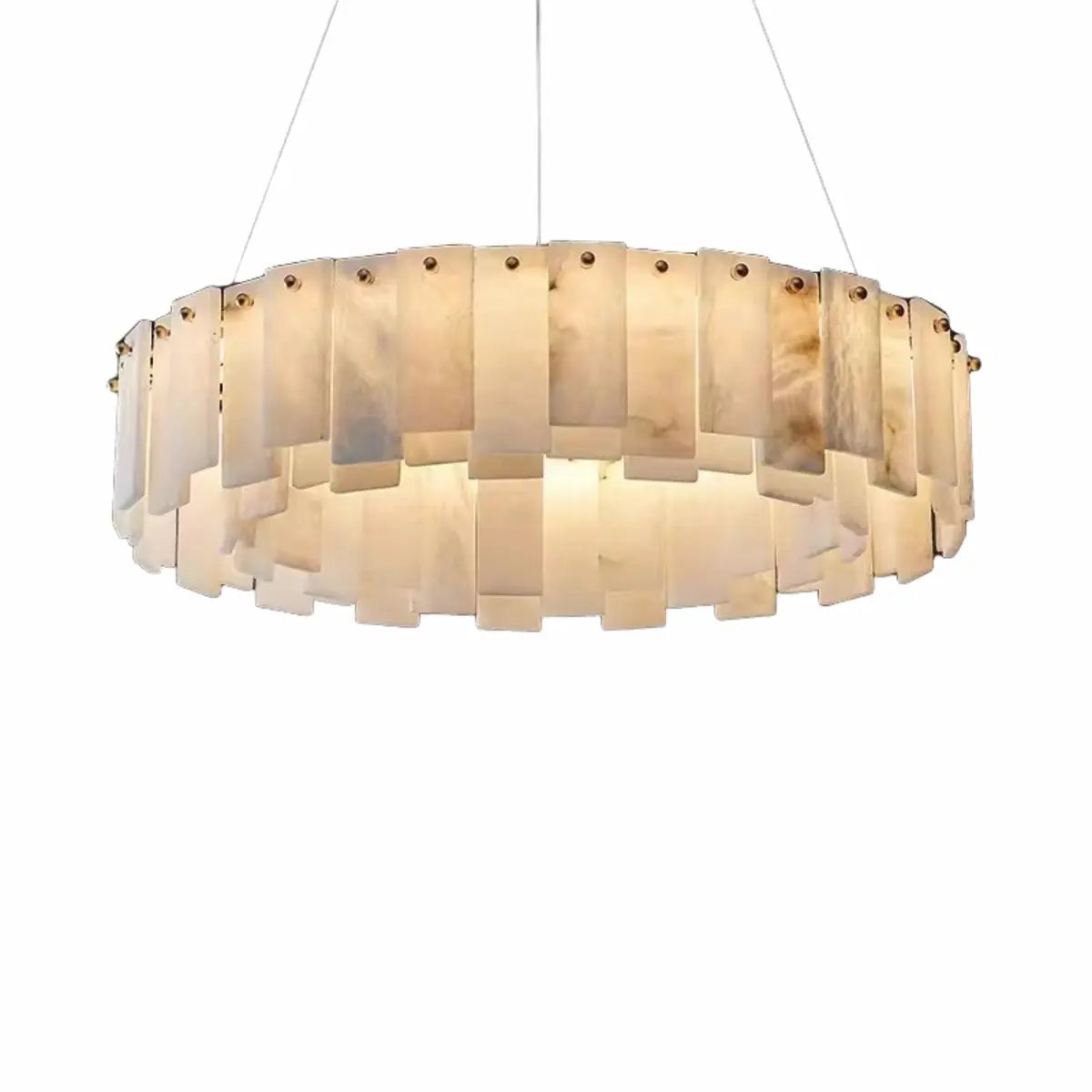

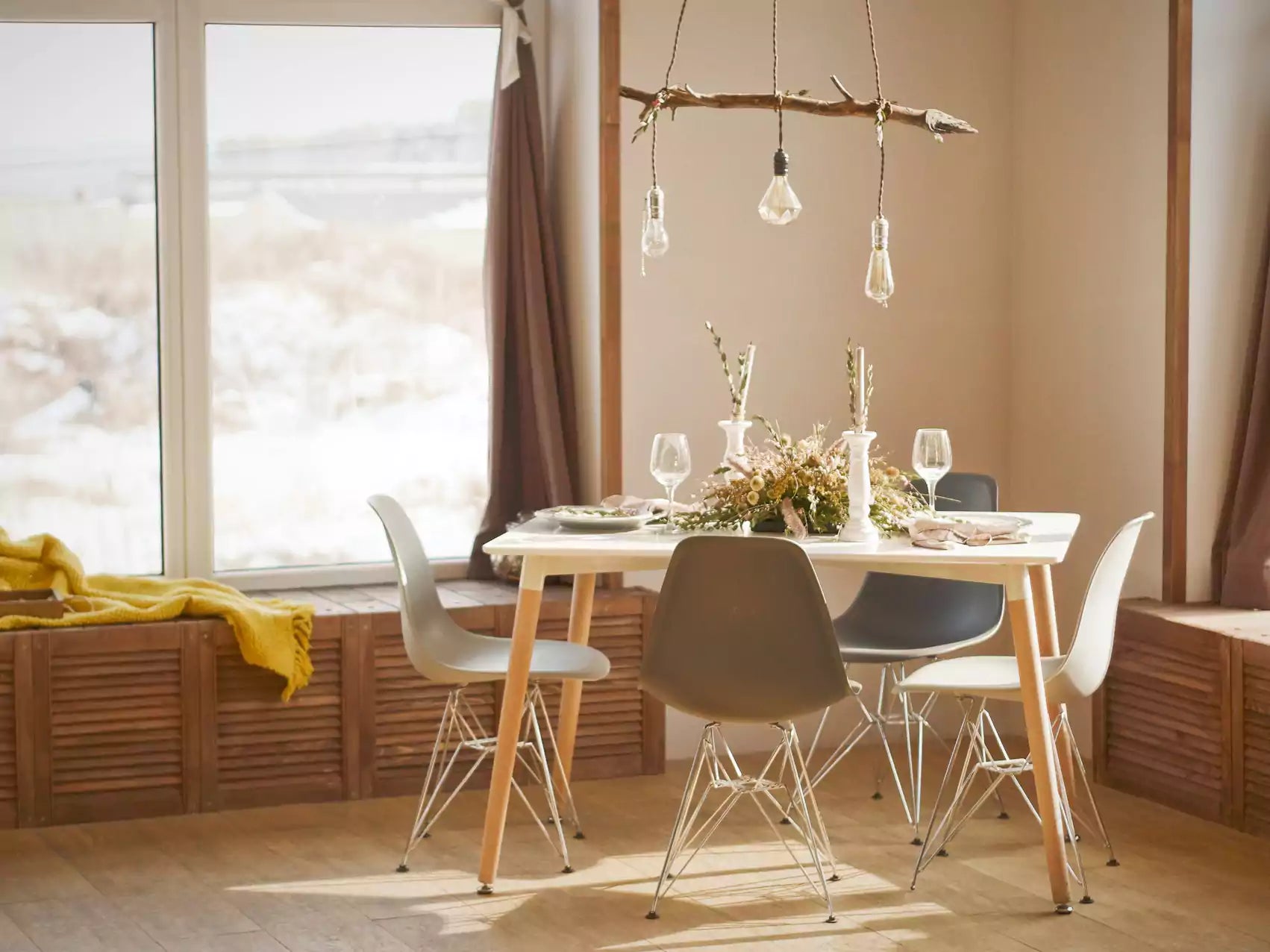

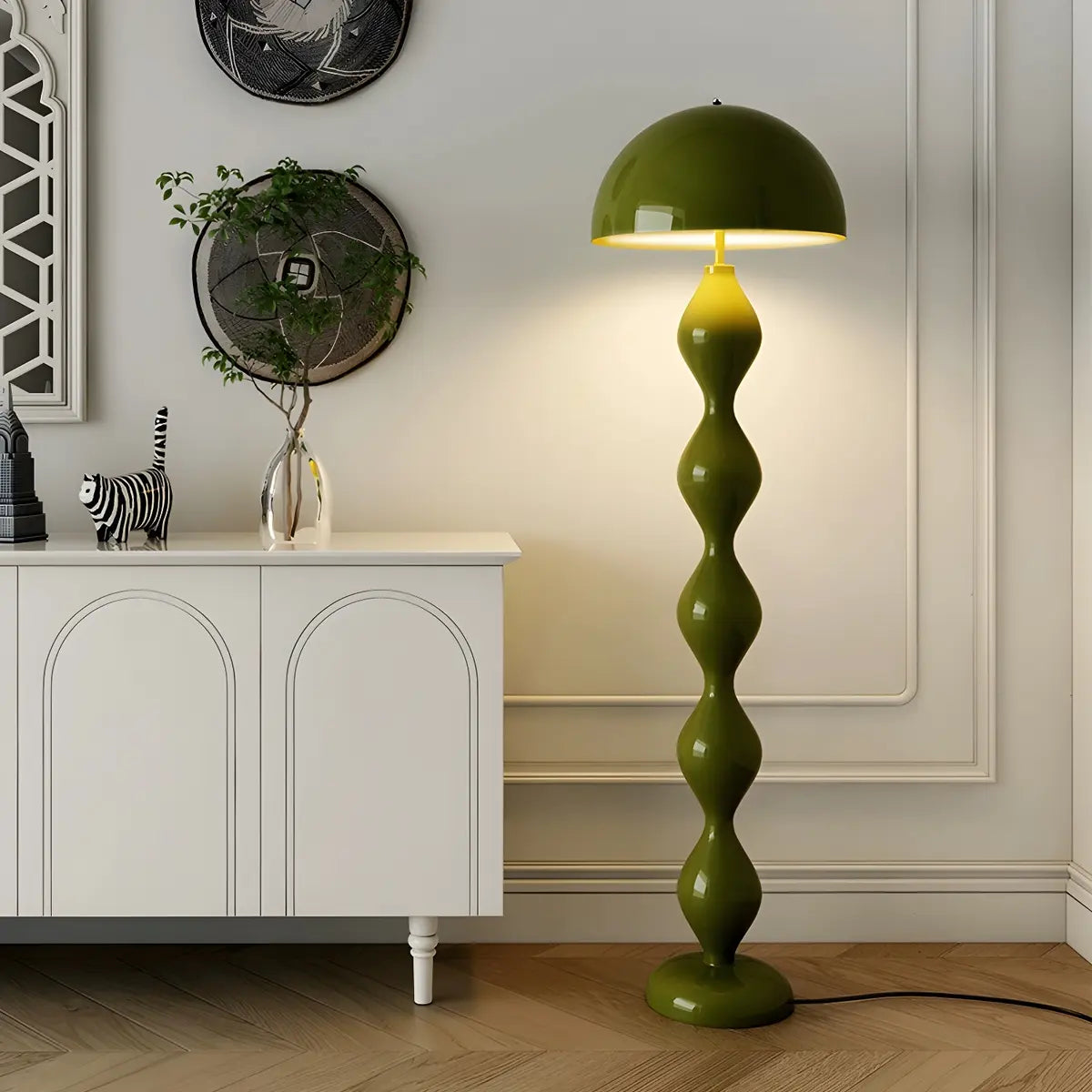
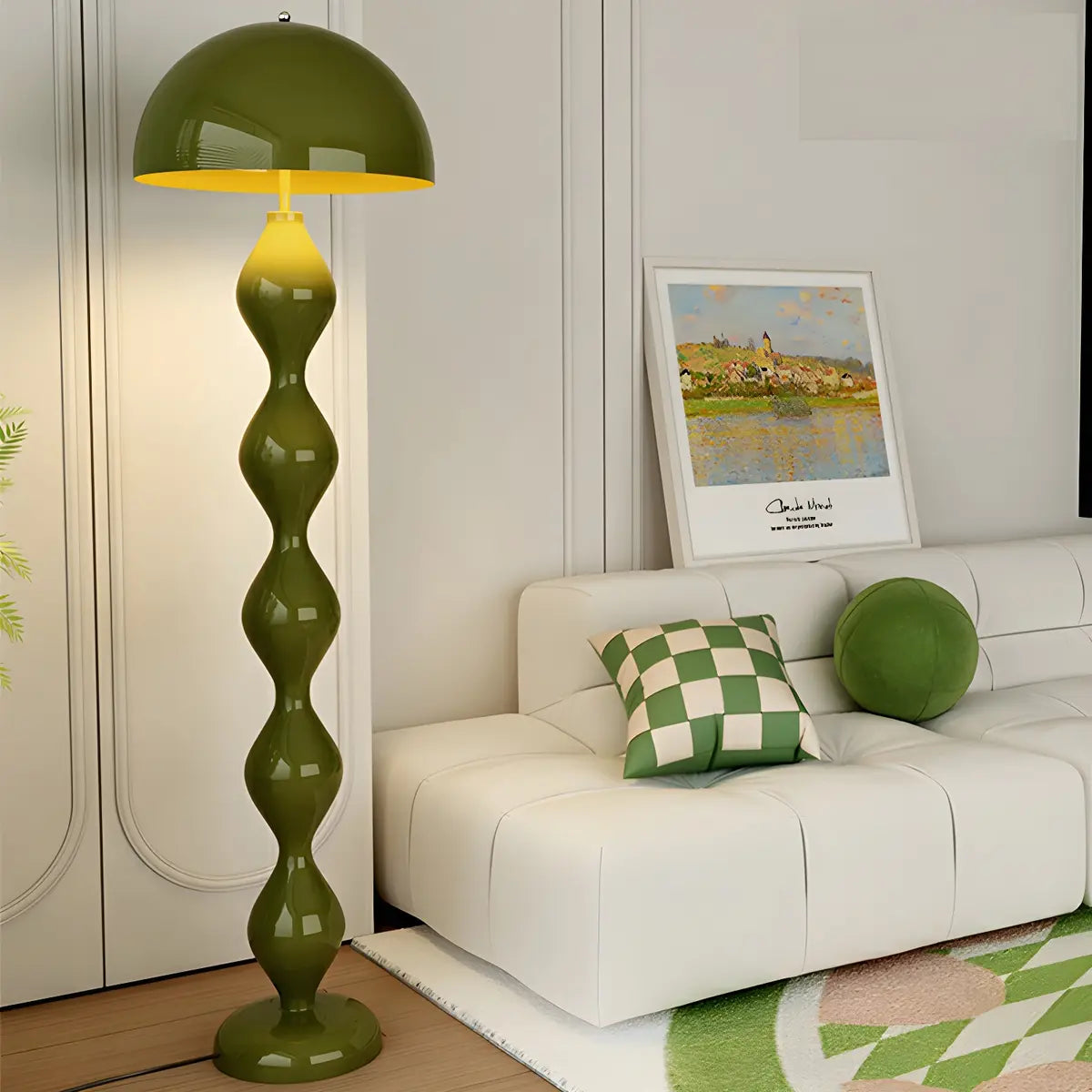


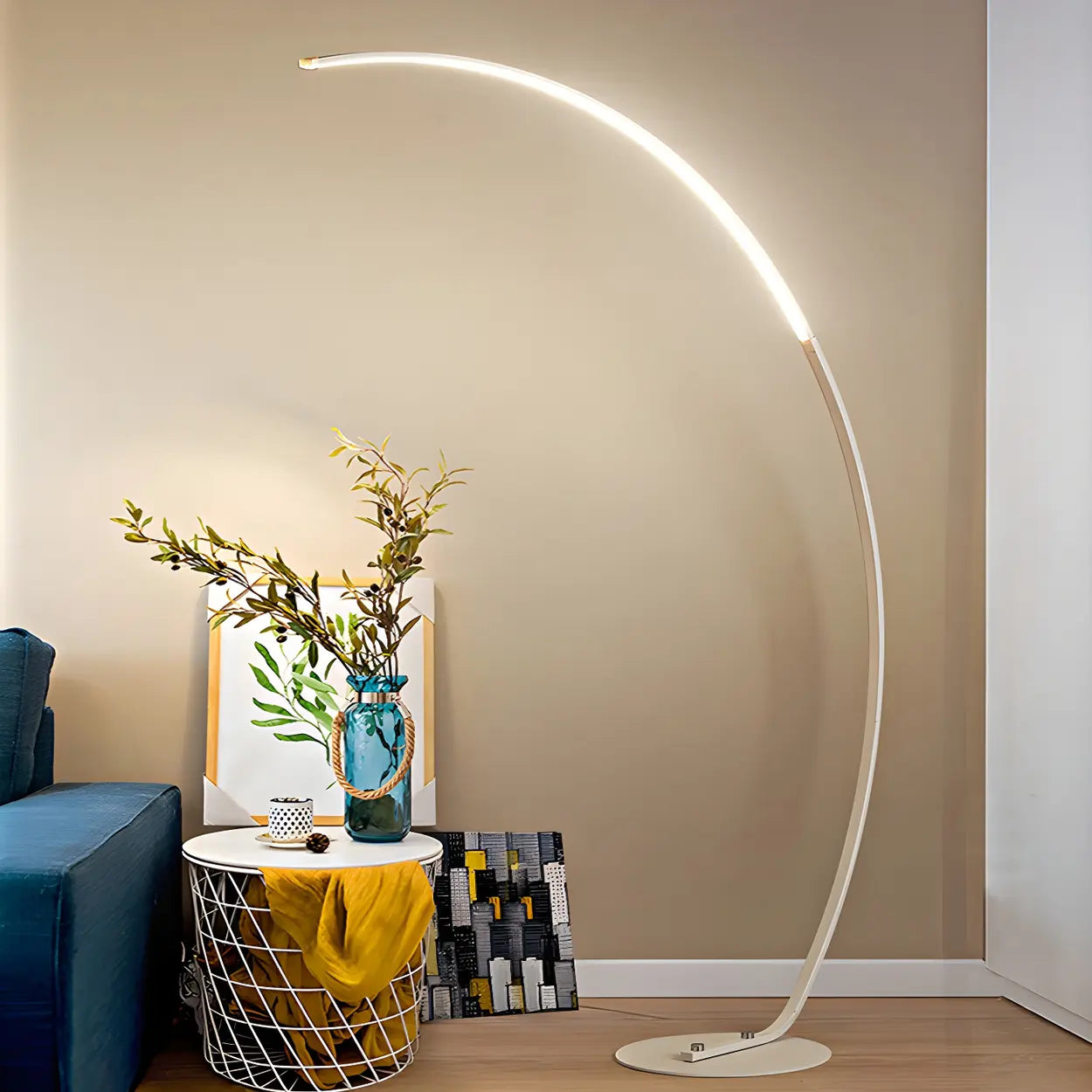

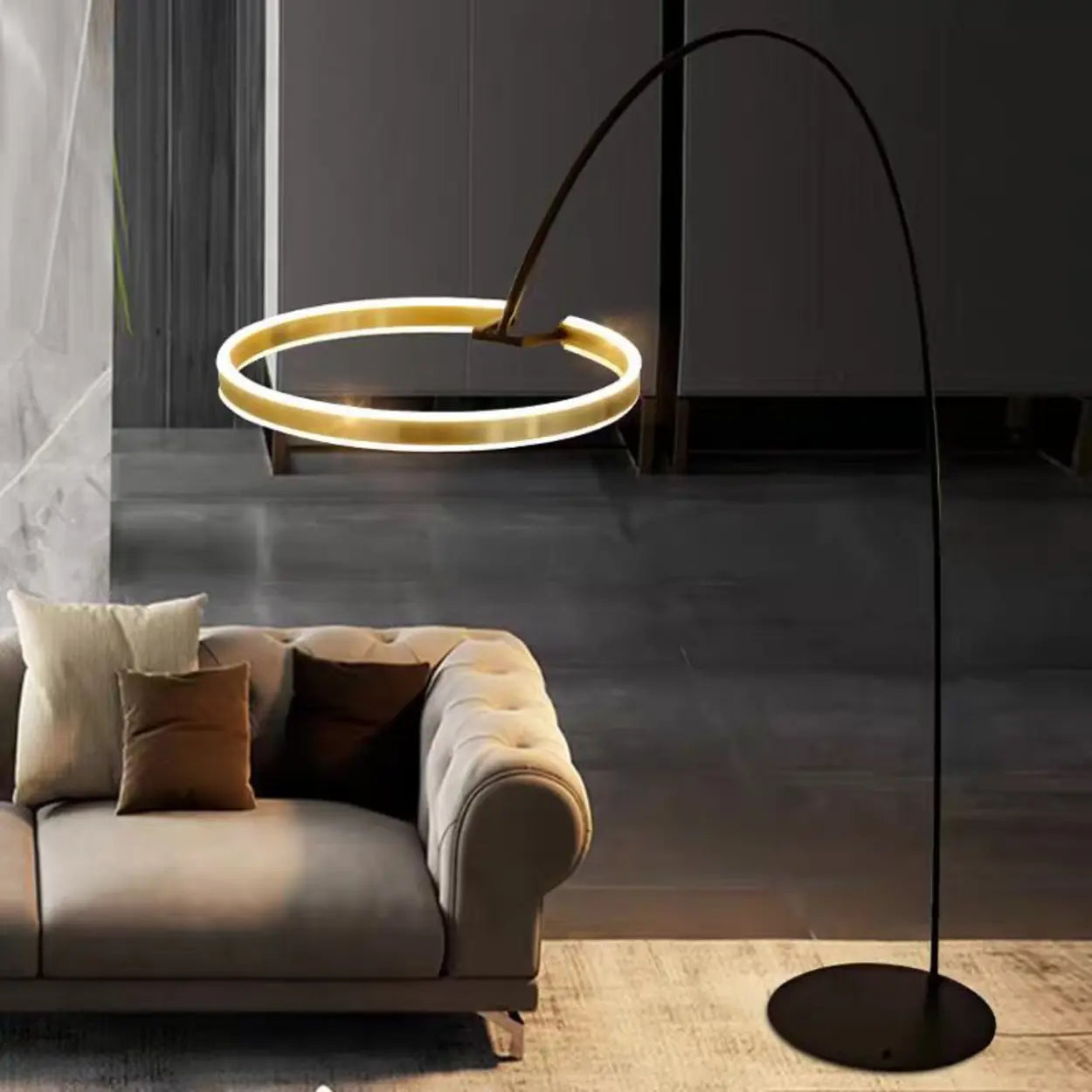

![10 Best Floor Lamp for Reading [2025 Review]](http://www.homebaa.com/cdn/shop/articles/banner_c990b0a4-4743-4902-b6be-5609f7a21a90.webp?v=1747357941)



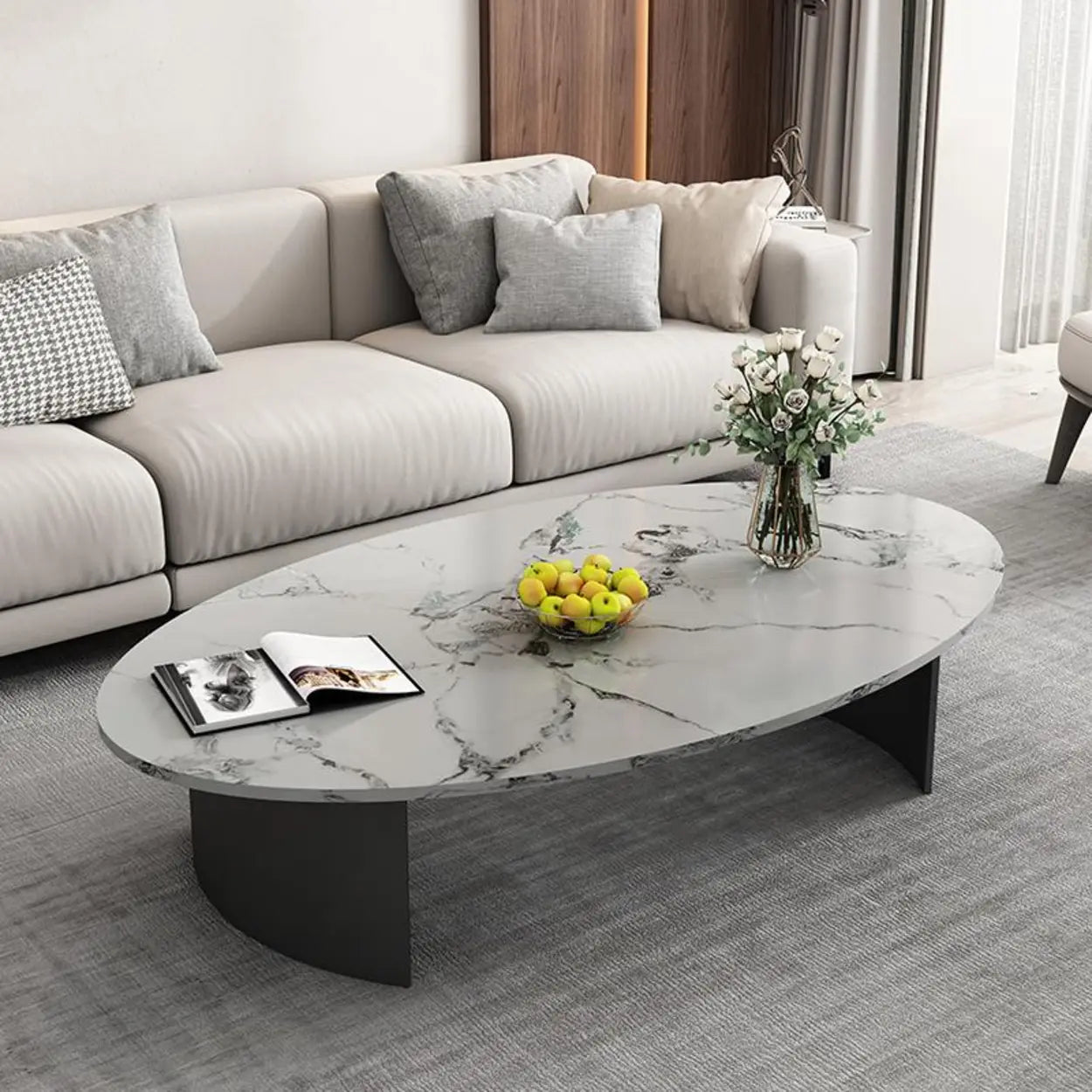
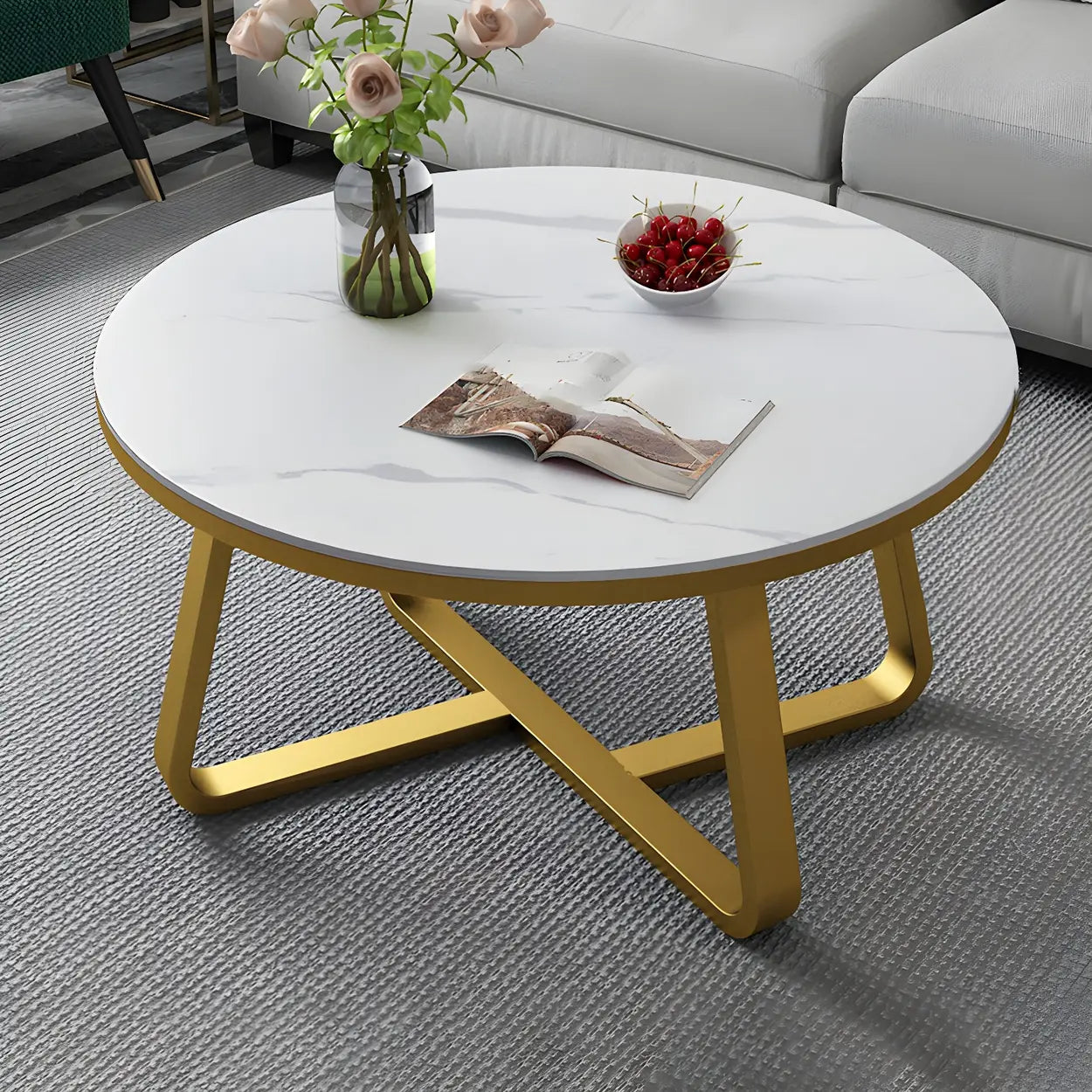
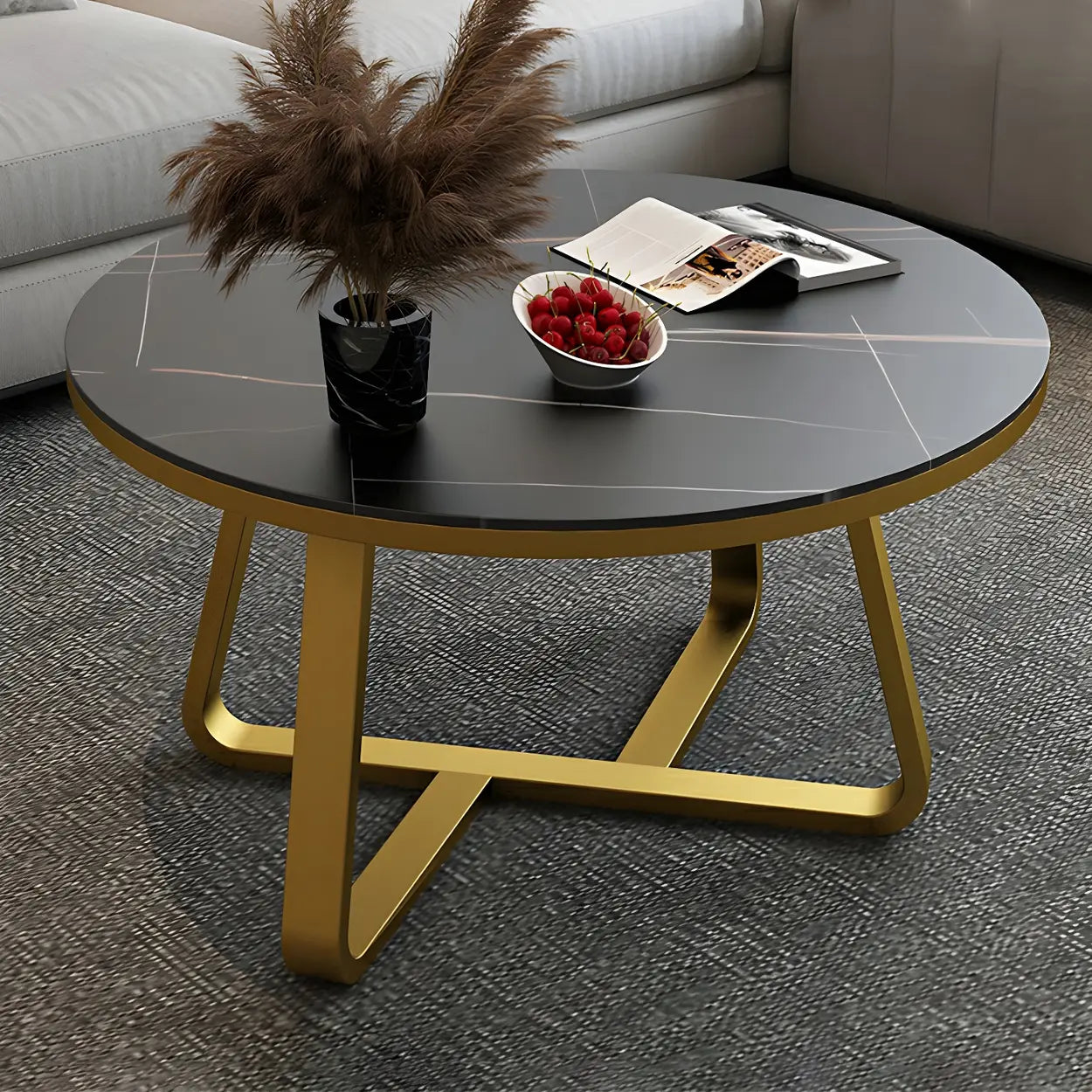
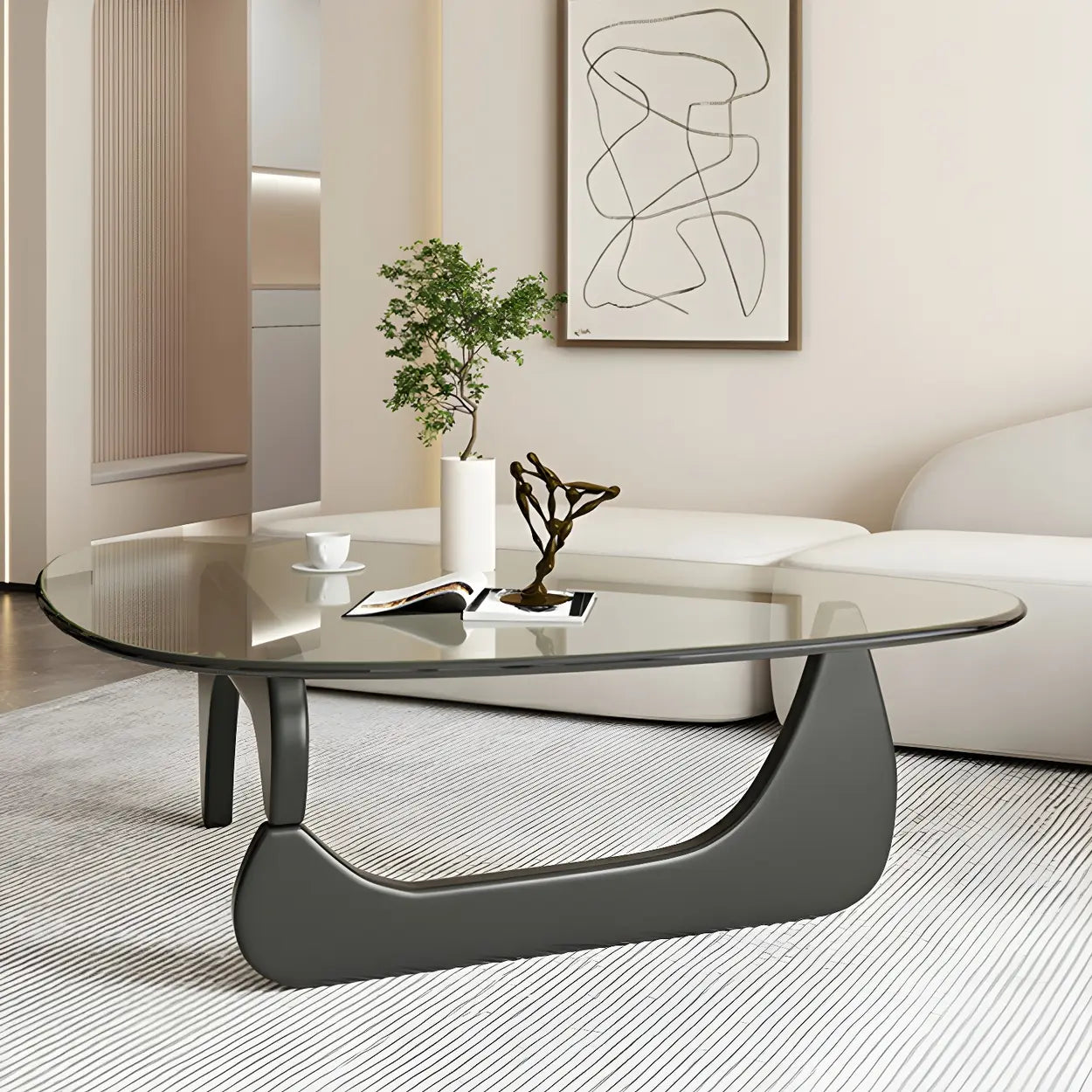




![How to Choose the Coffee Table Height? [2025 Newest Guide]](http://www.homebaa.com/cdn/shop/articles/coffee-table-height.webp?v=1749523259)


